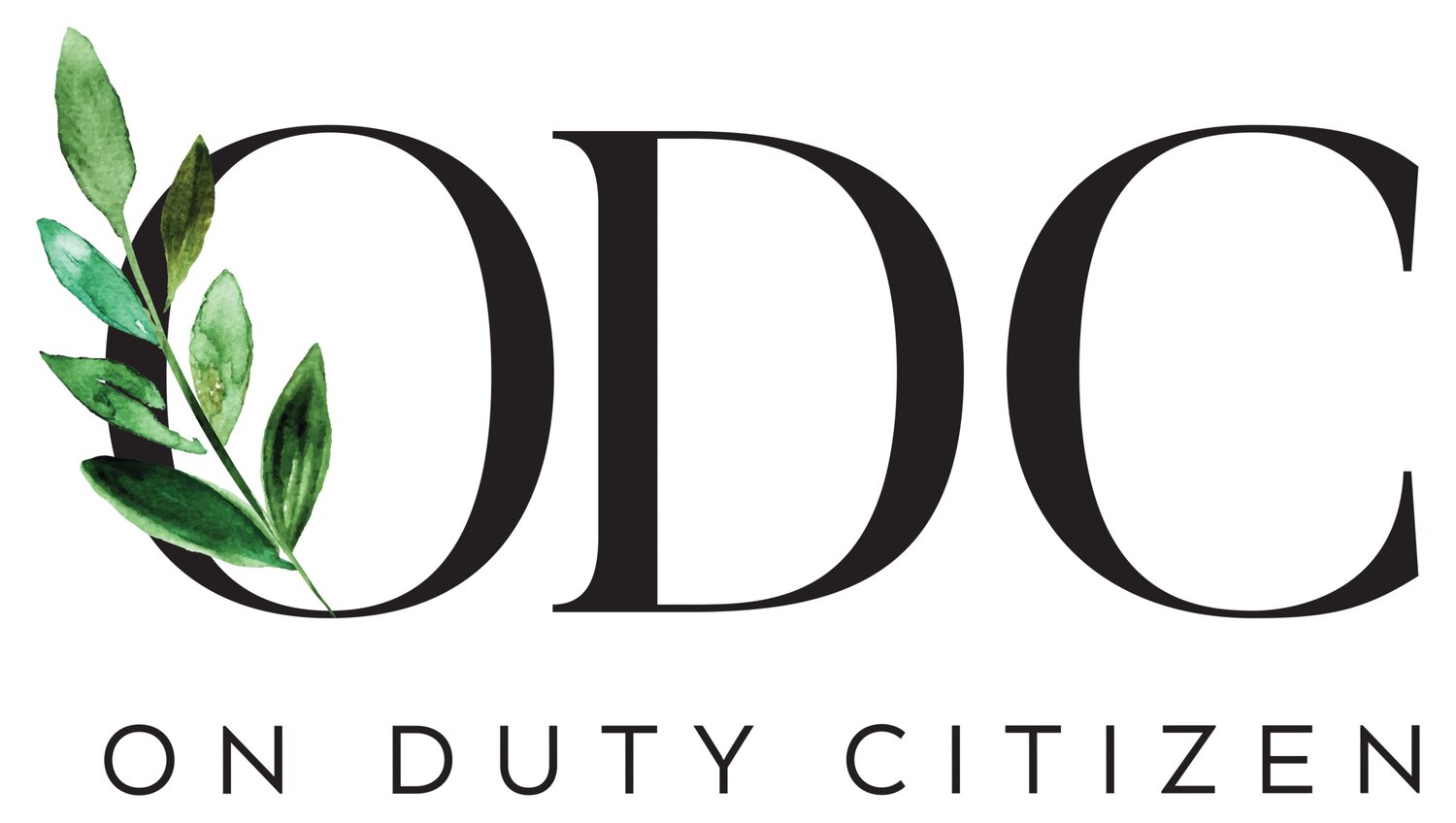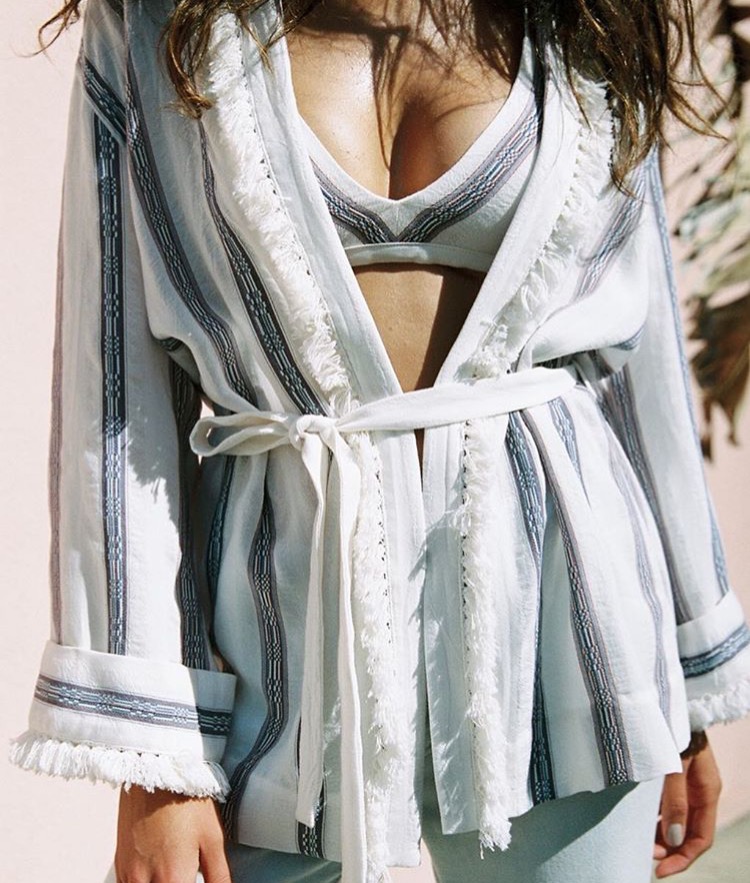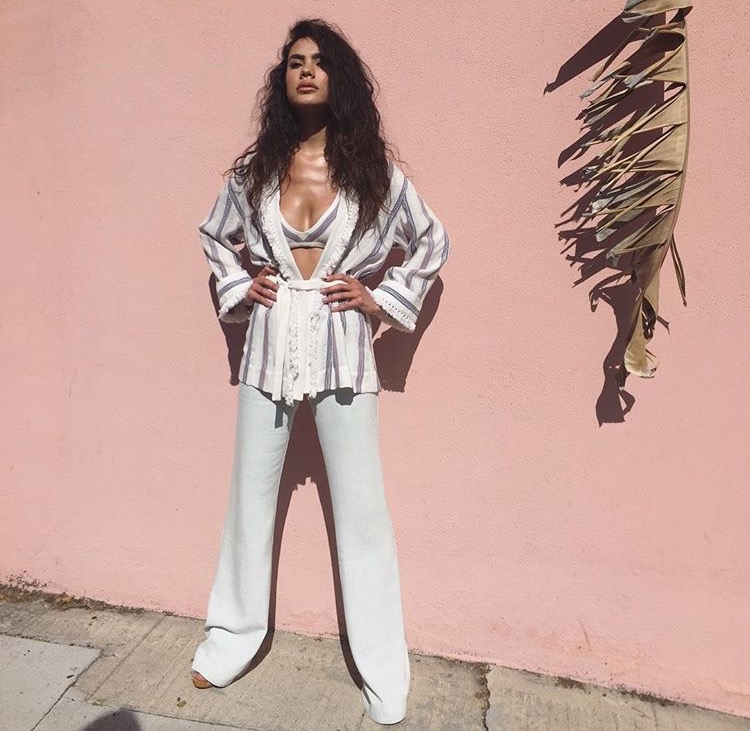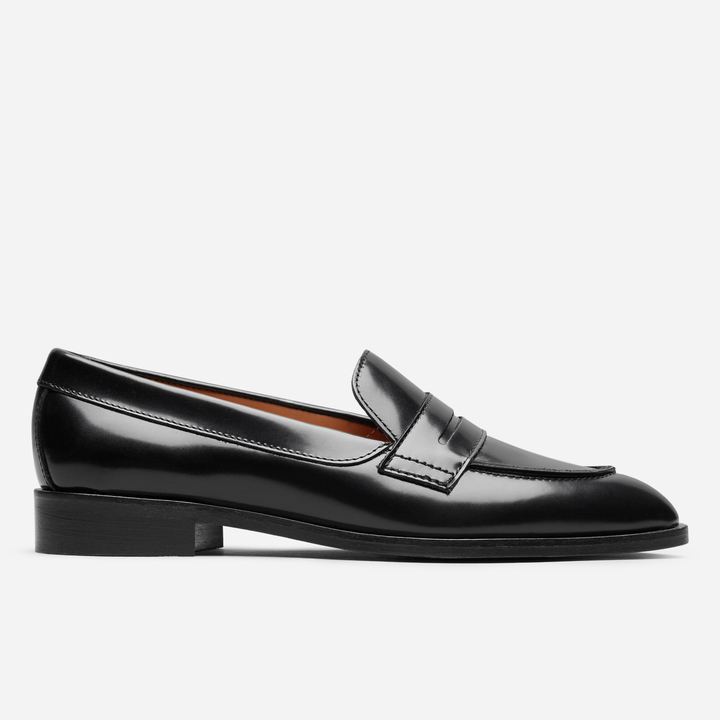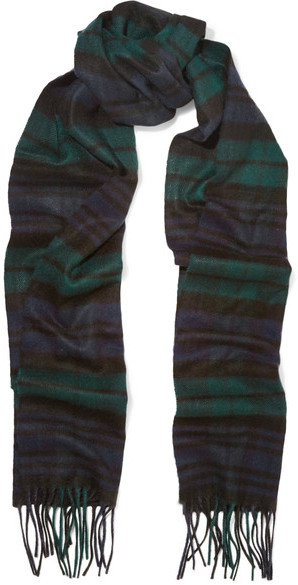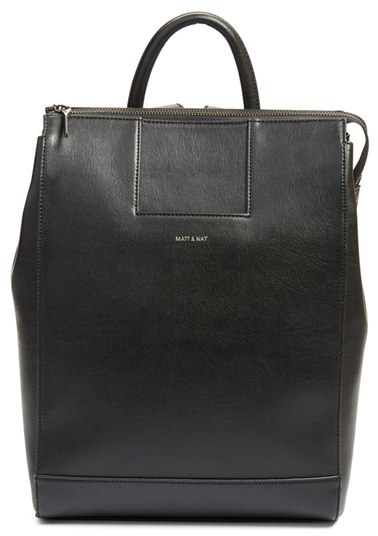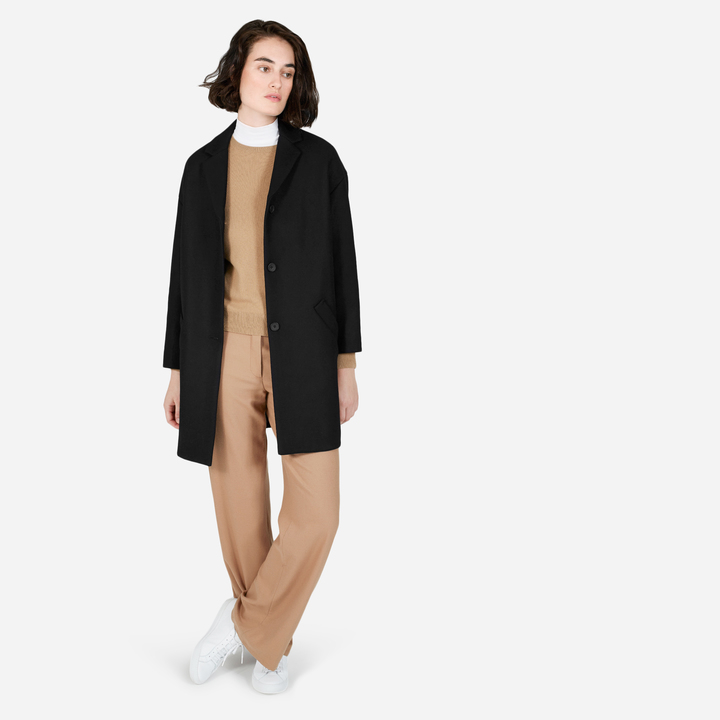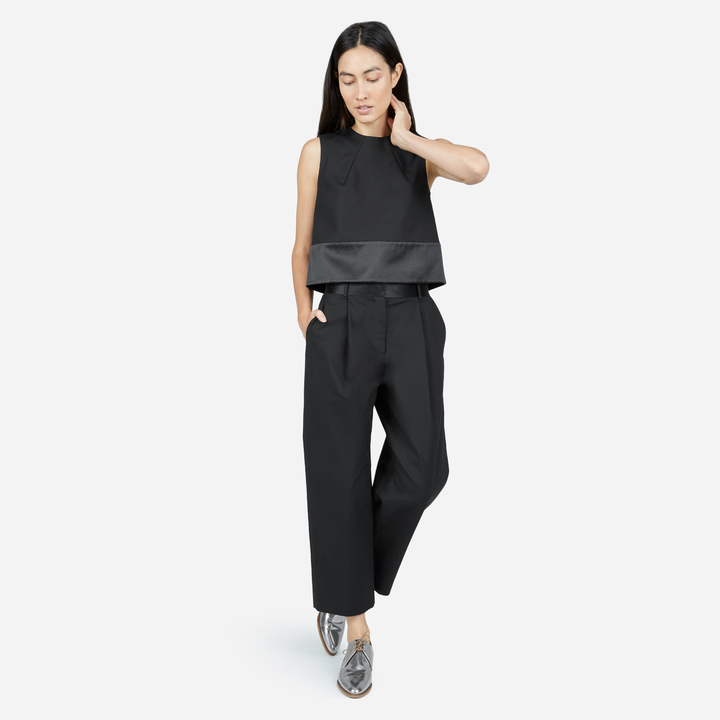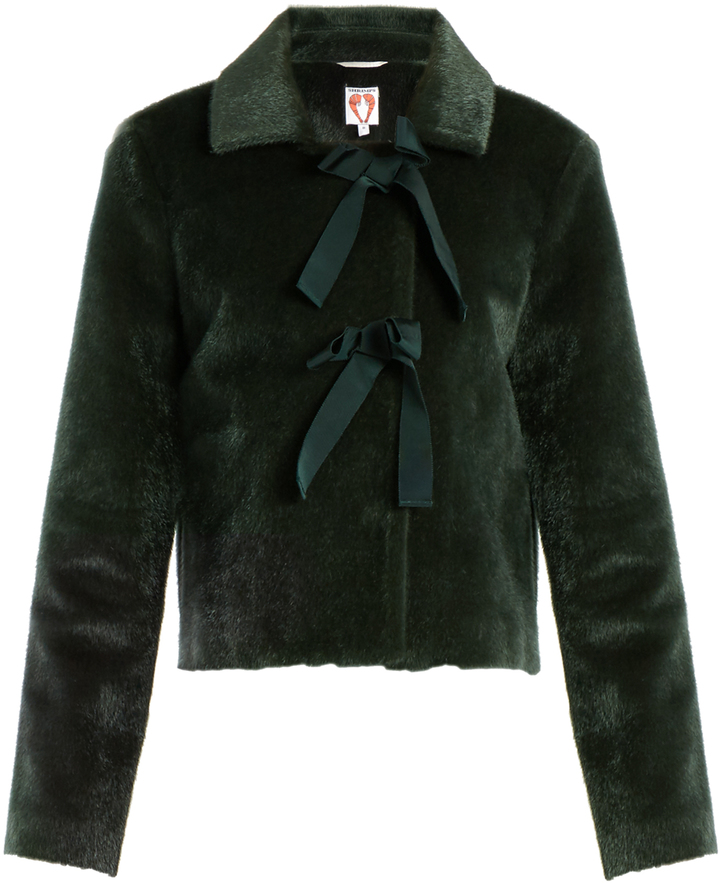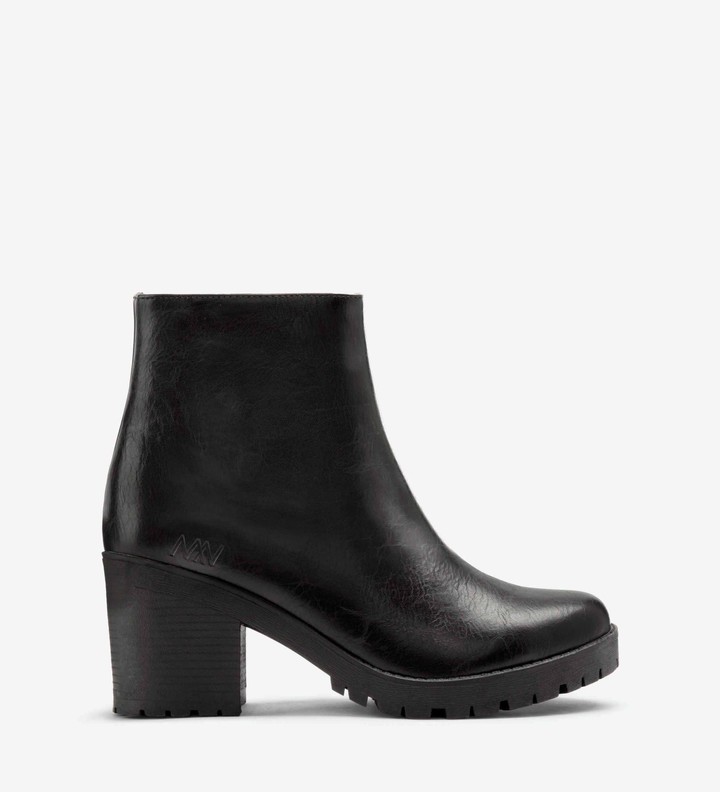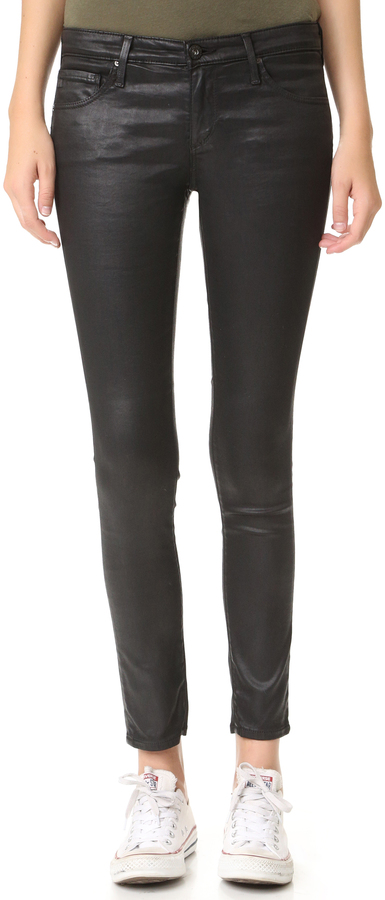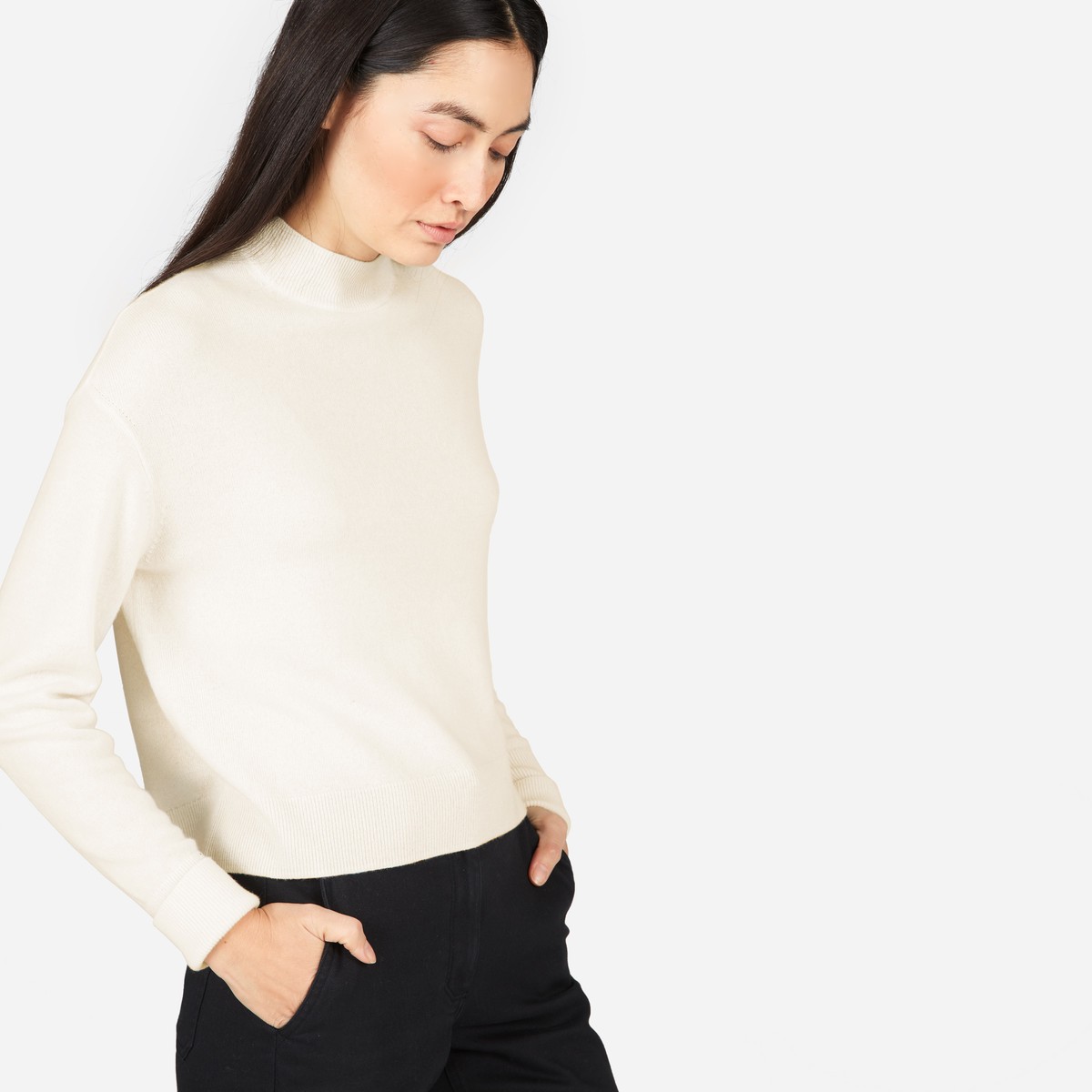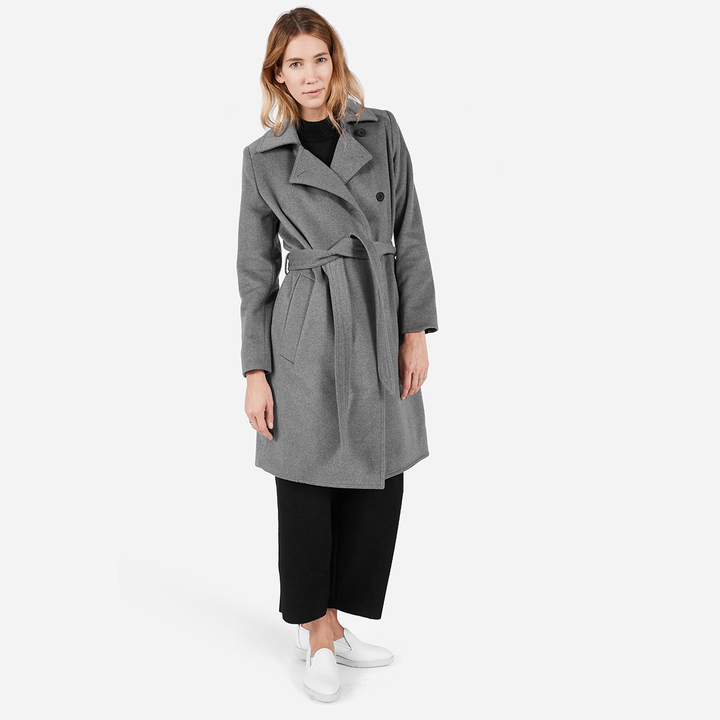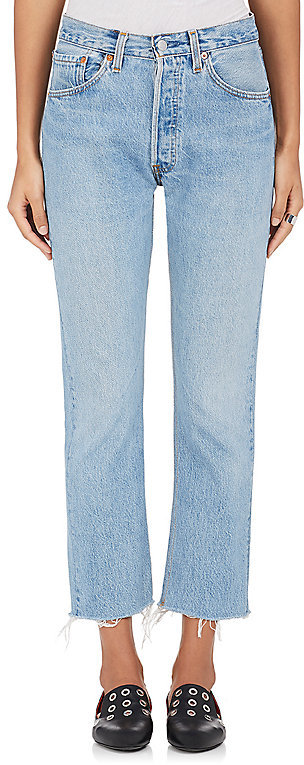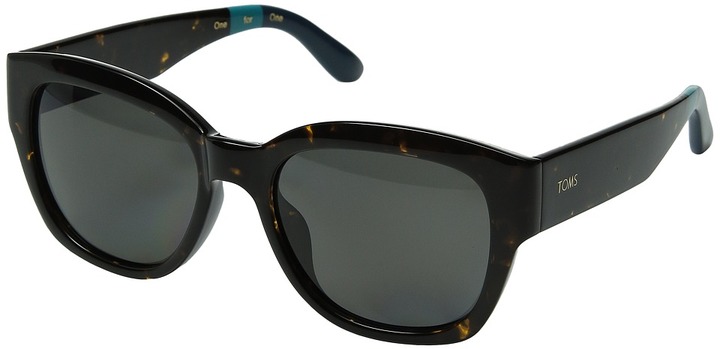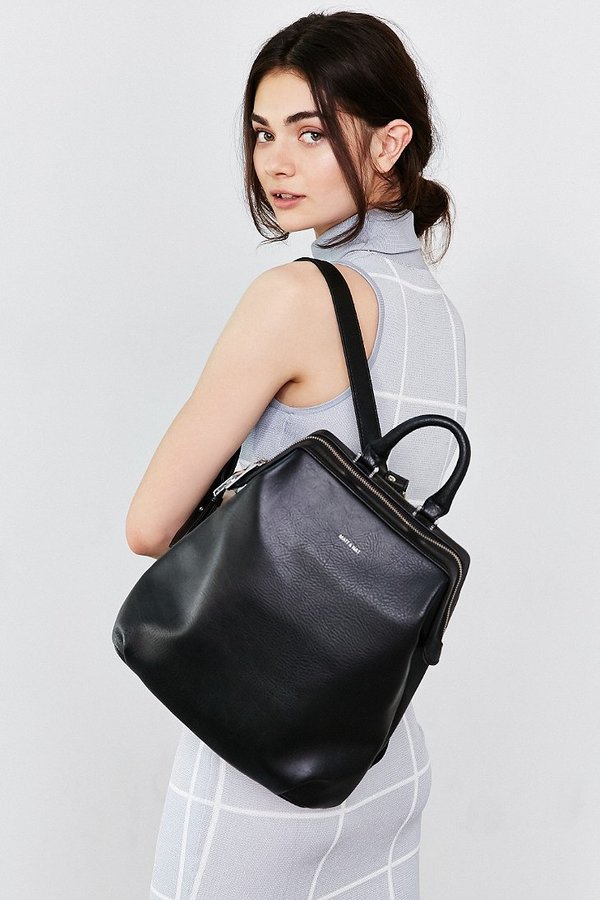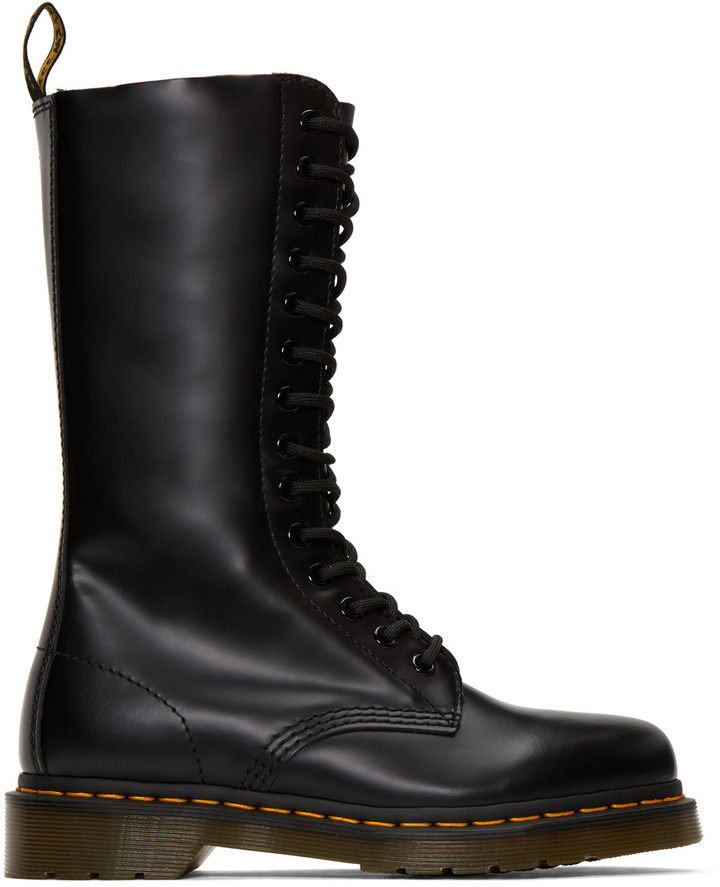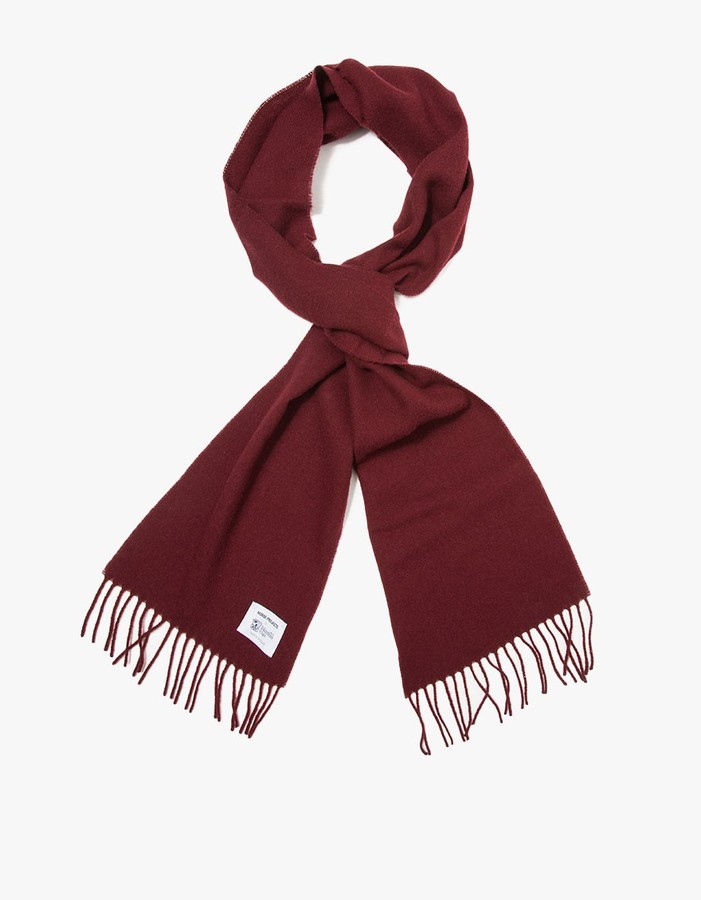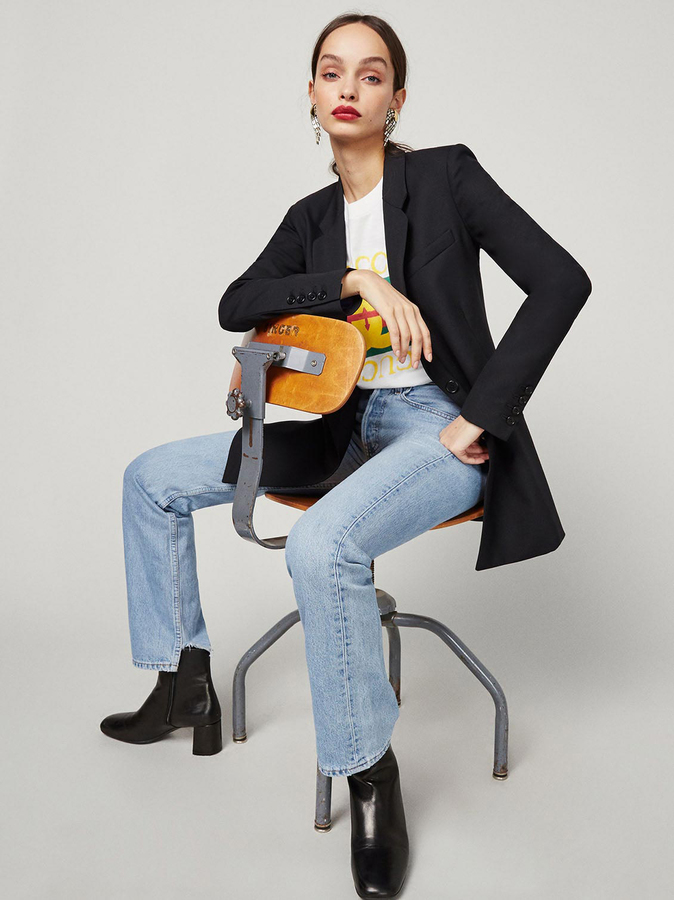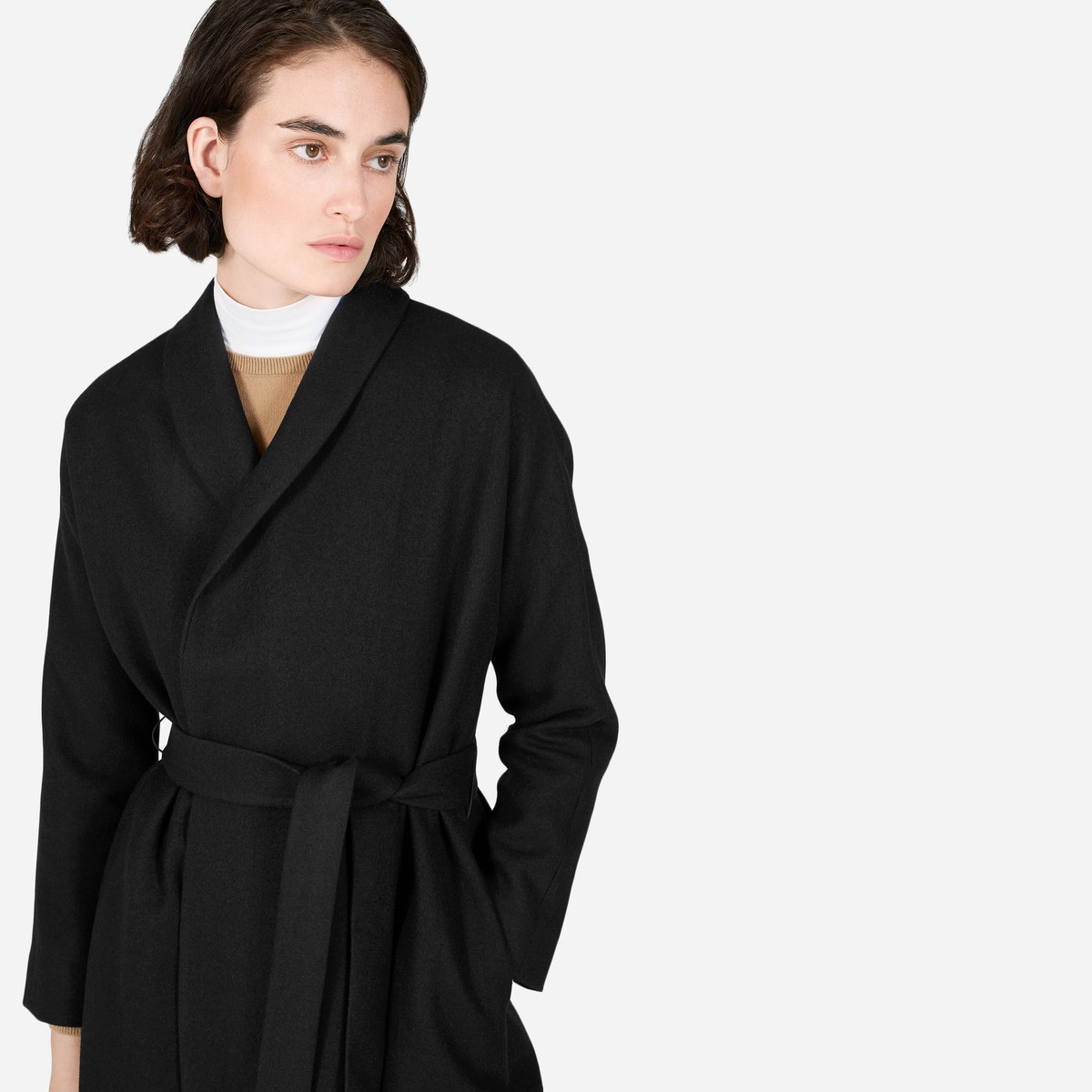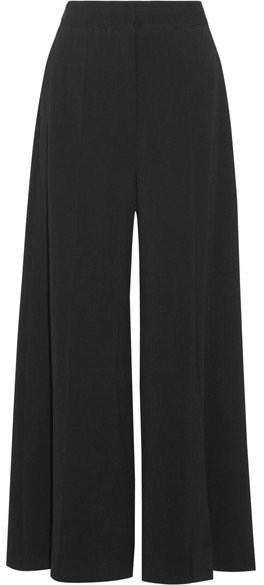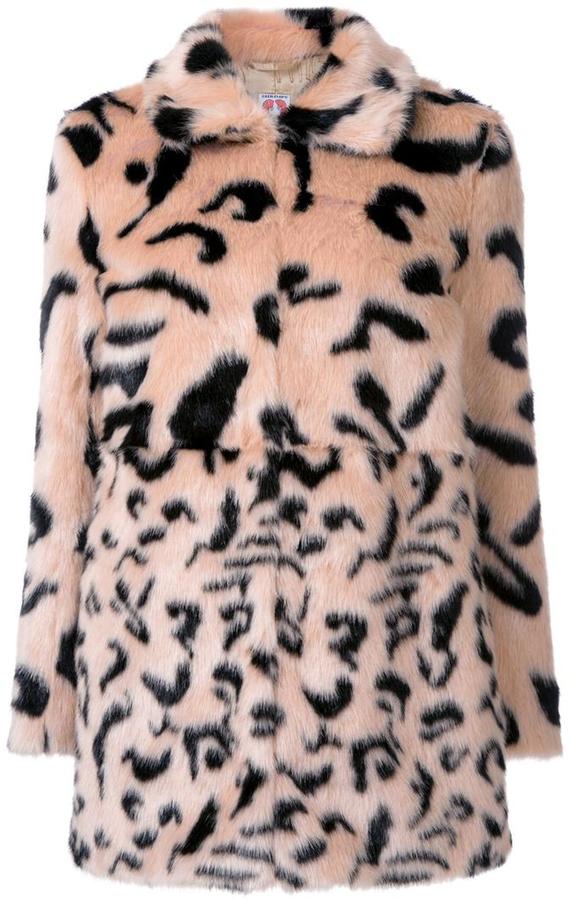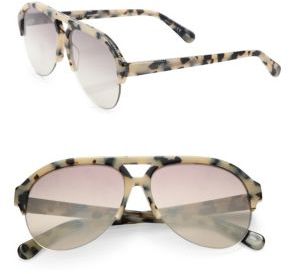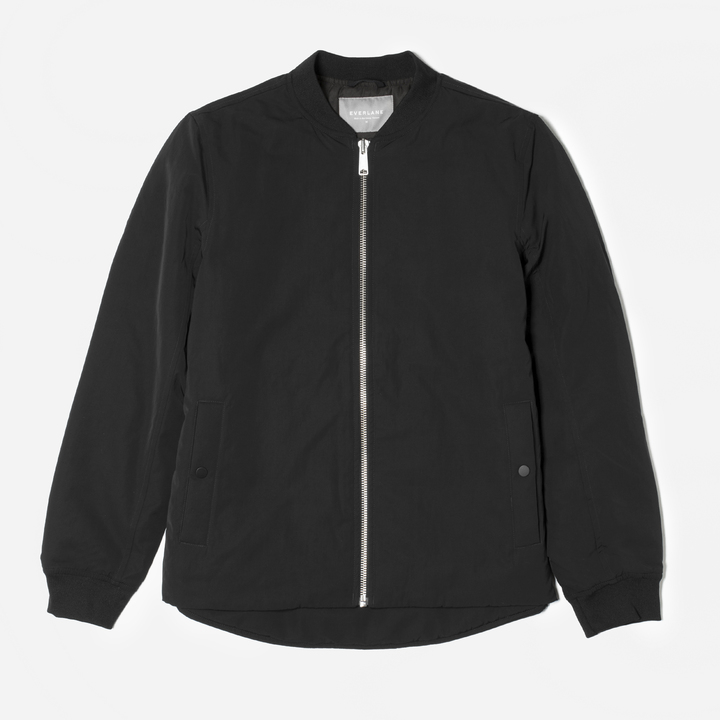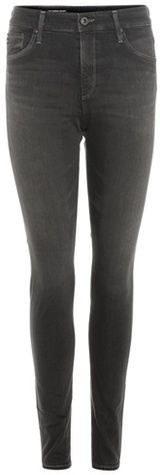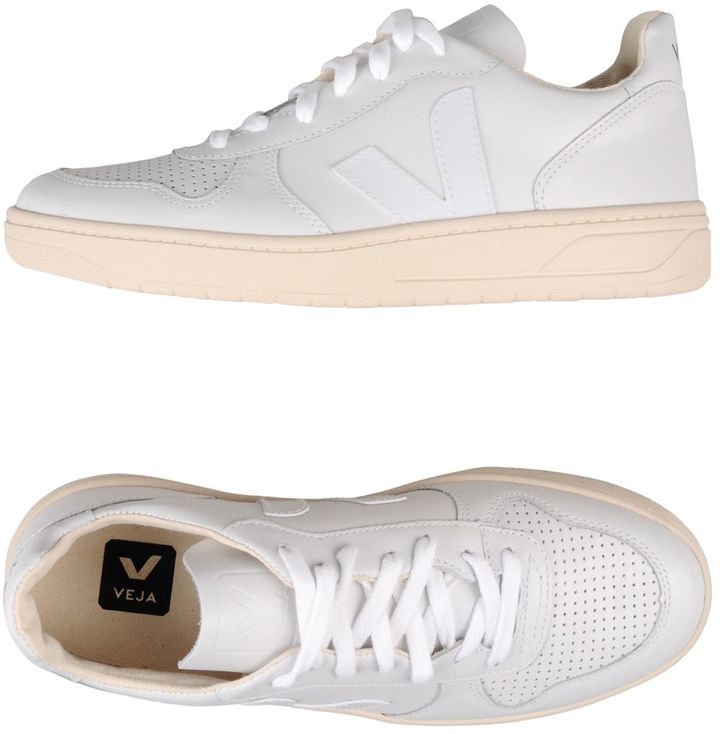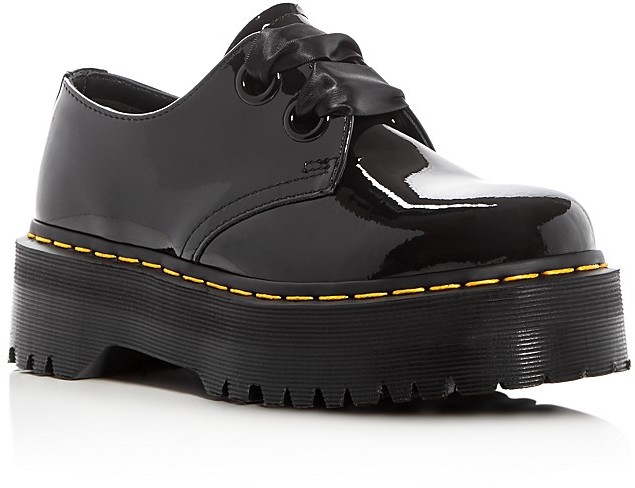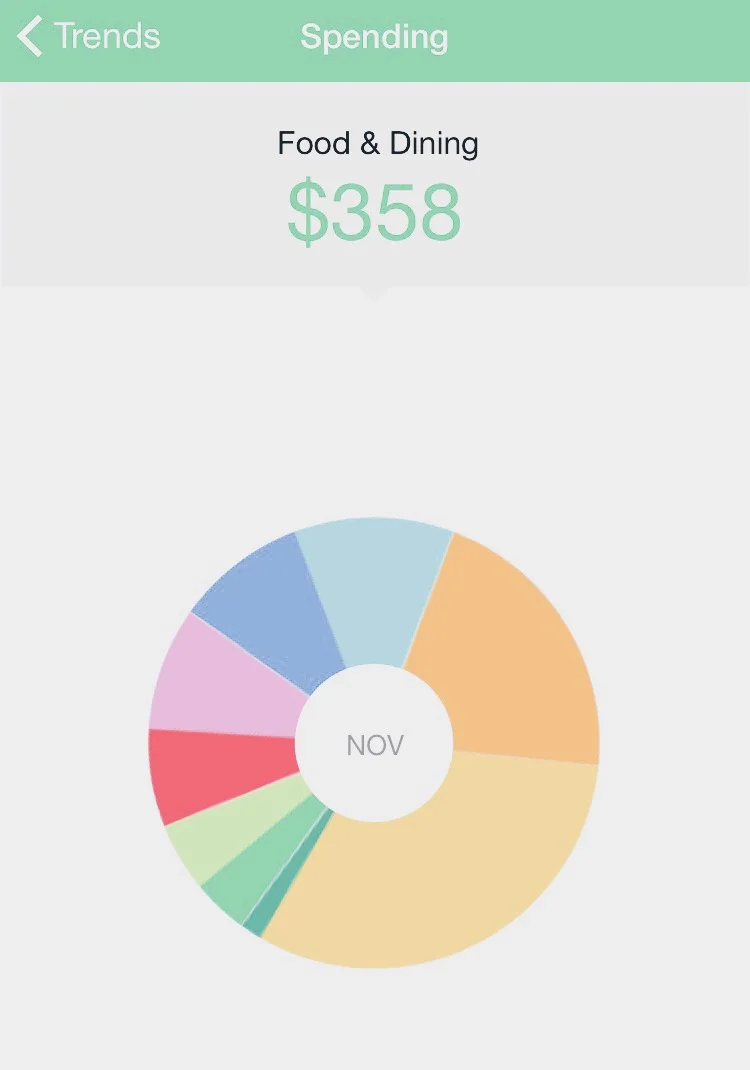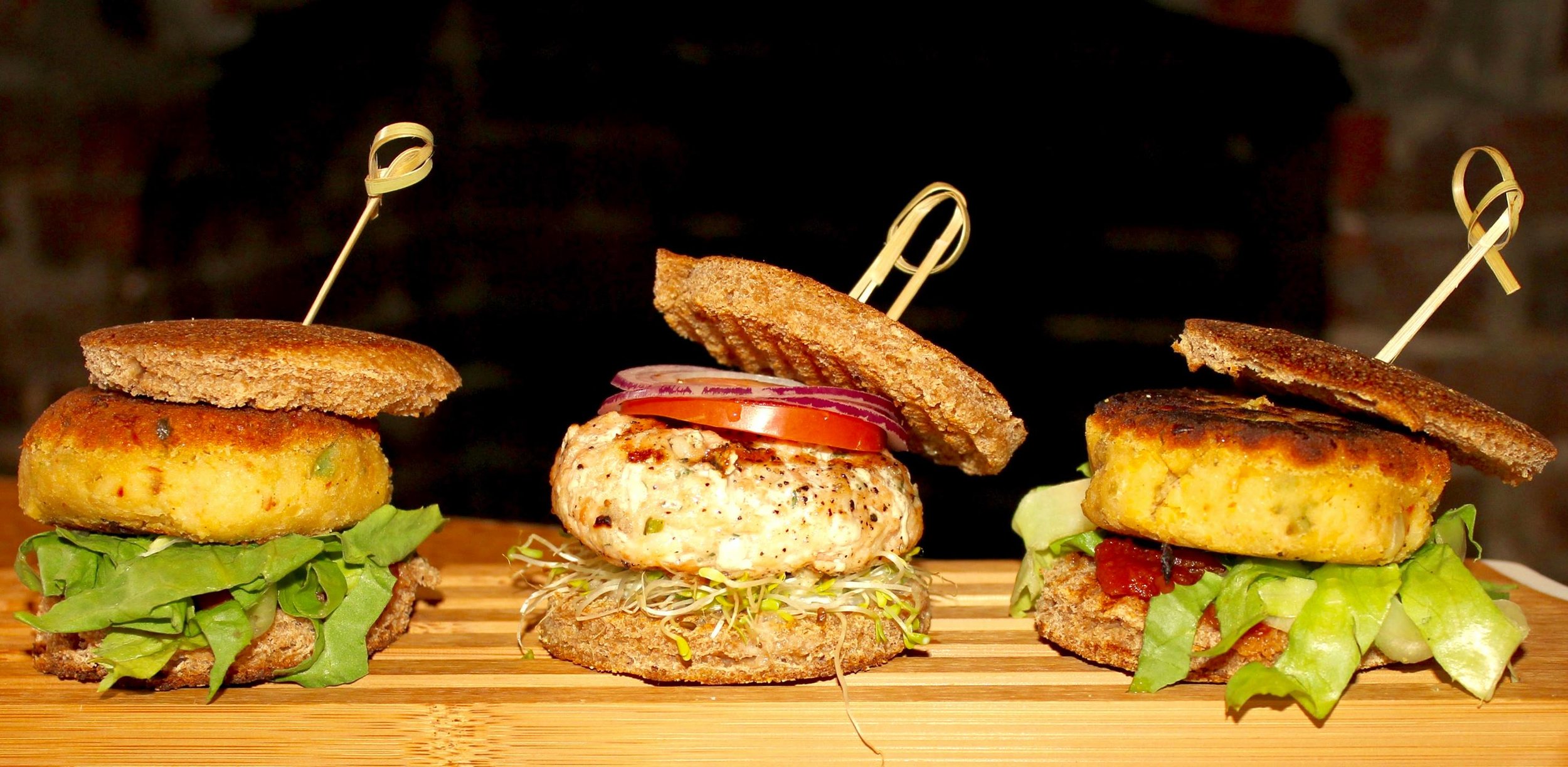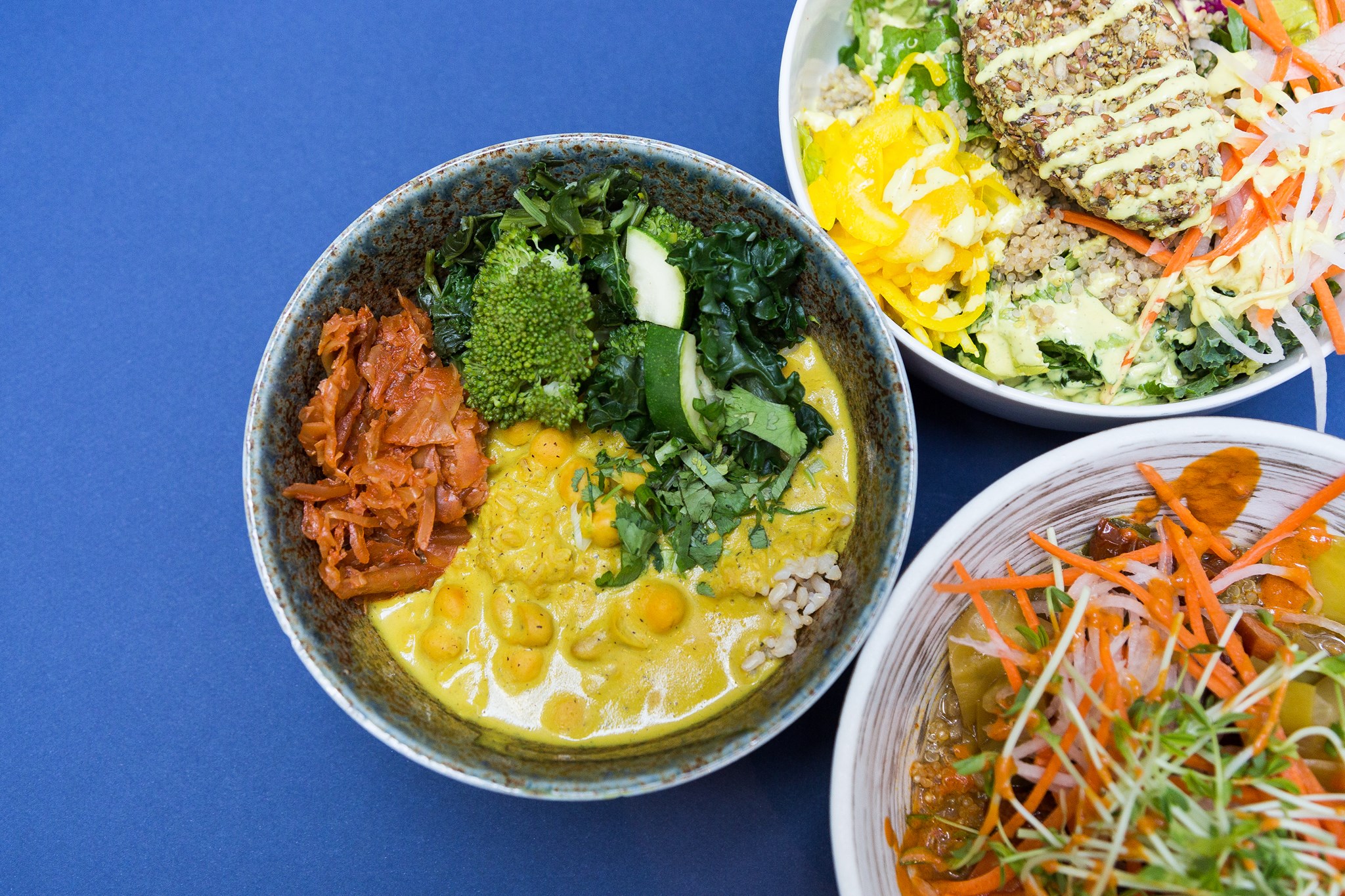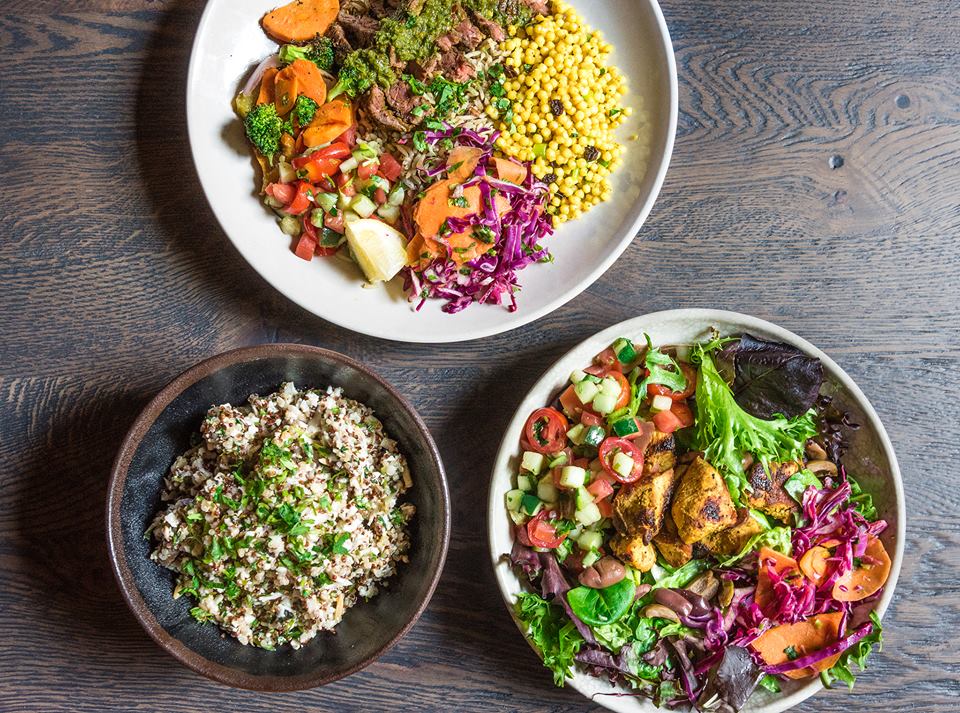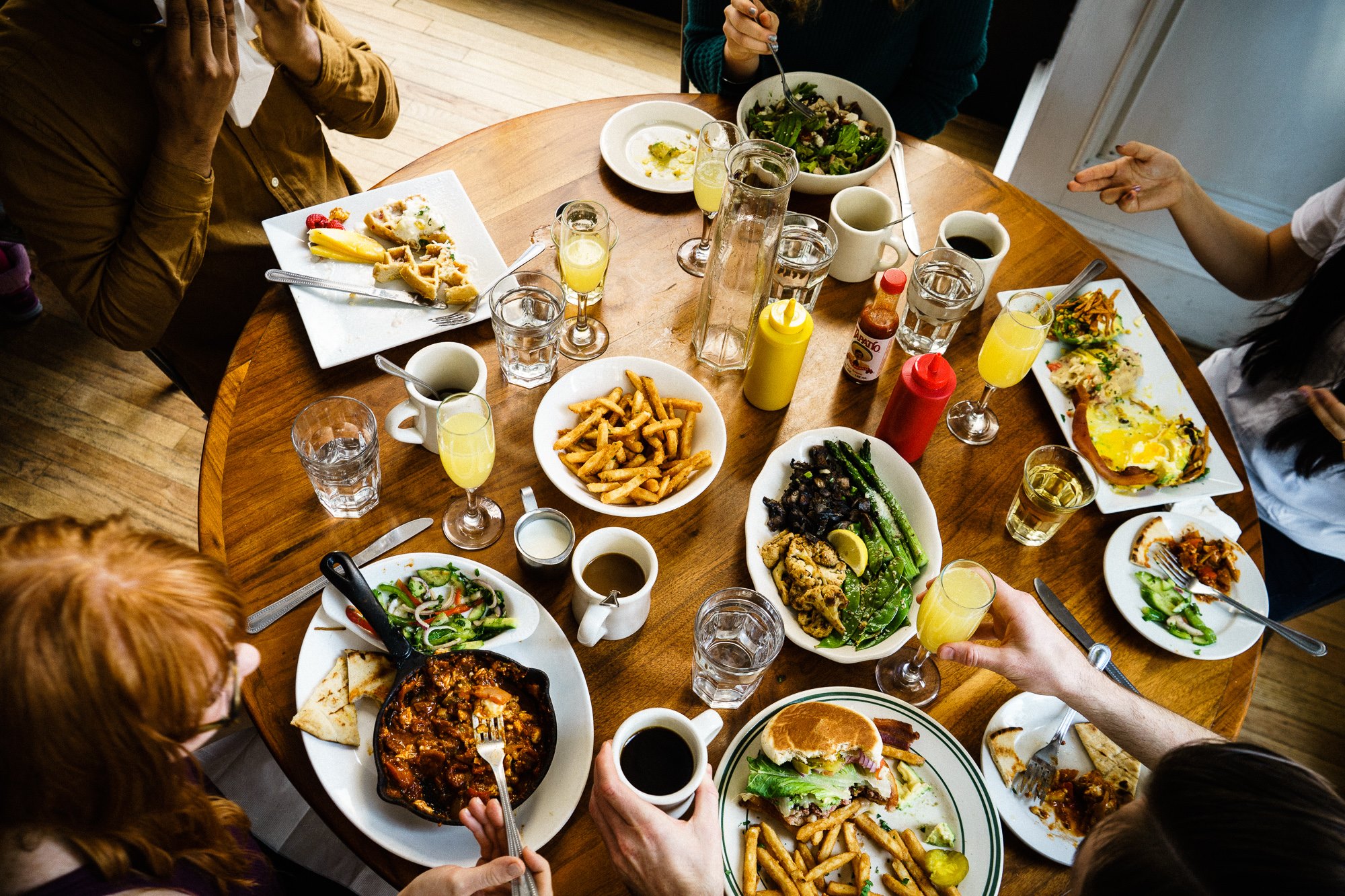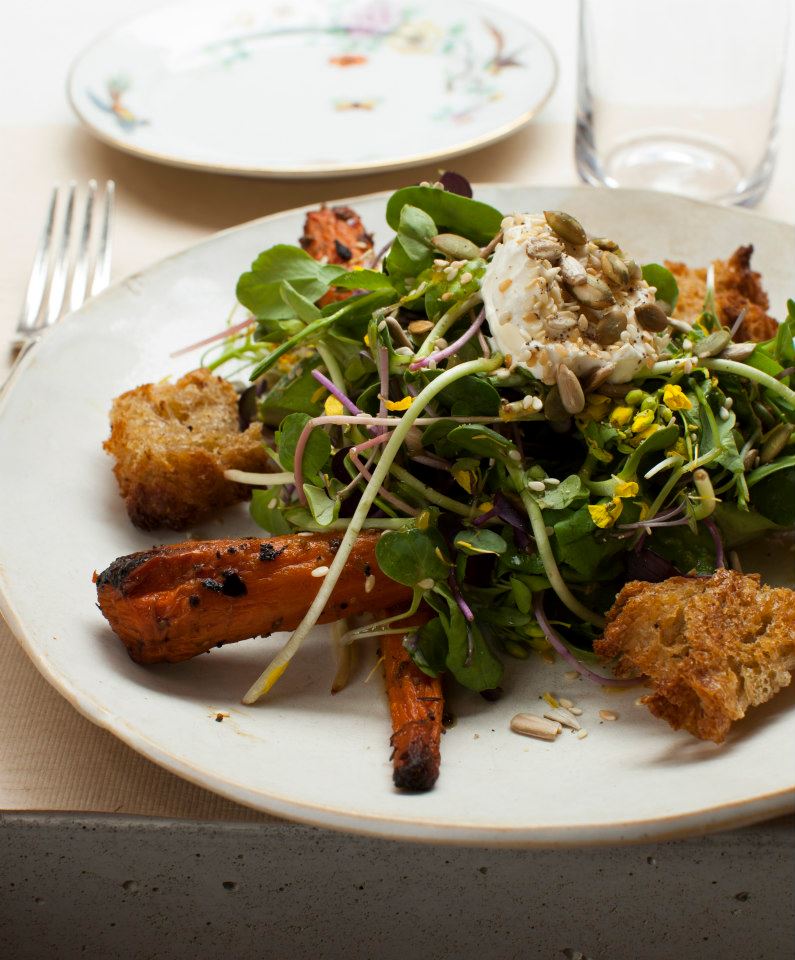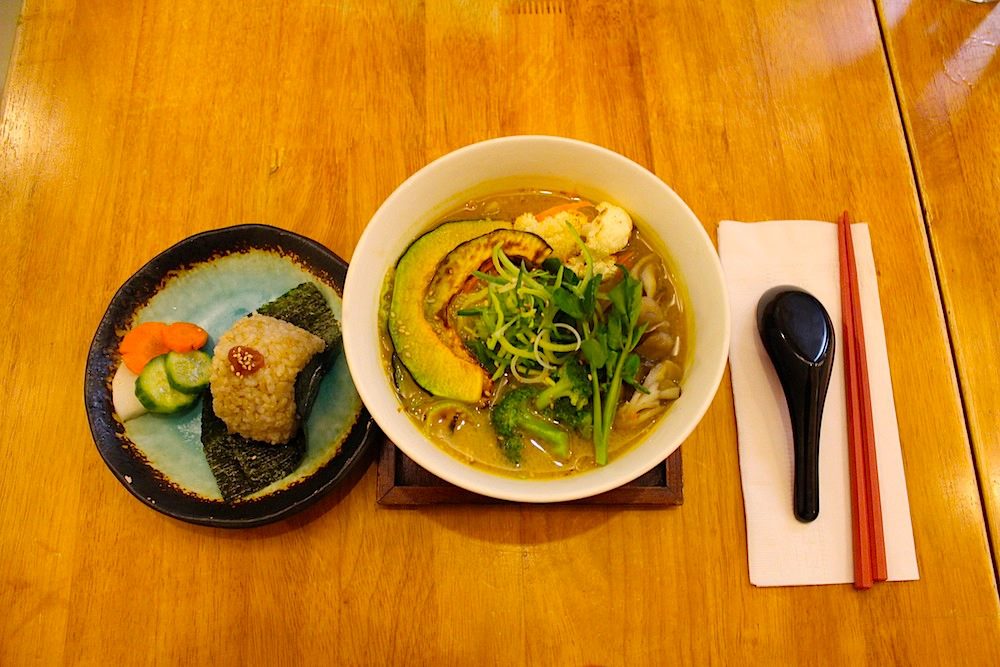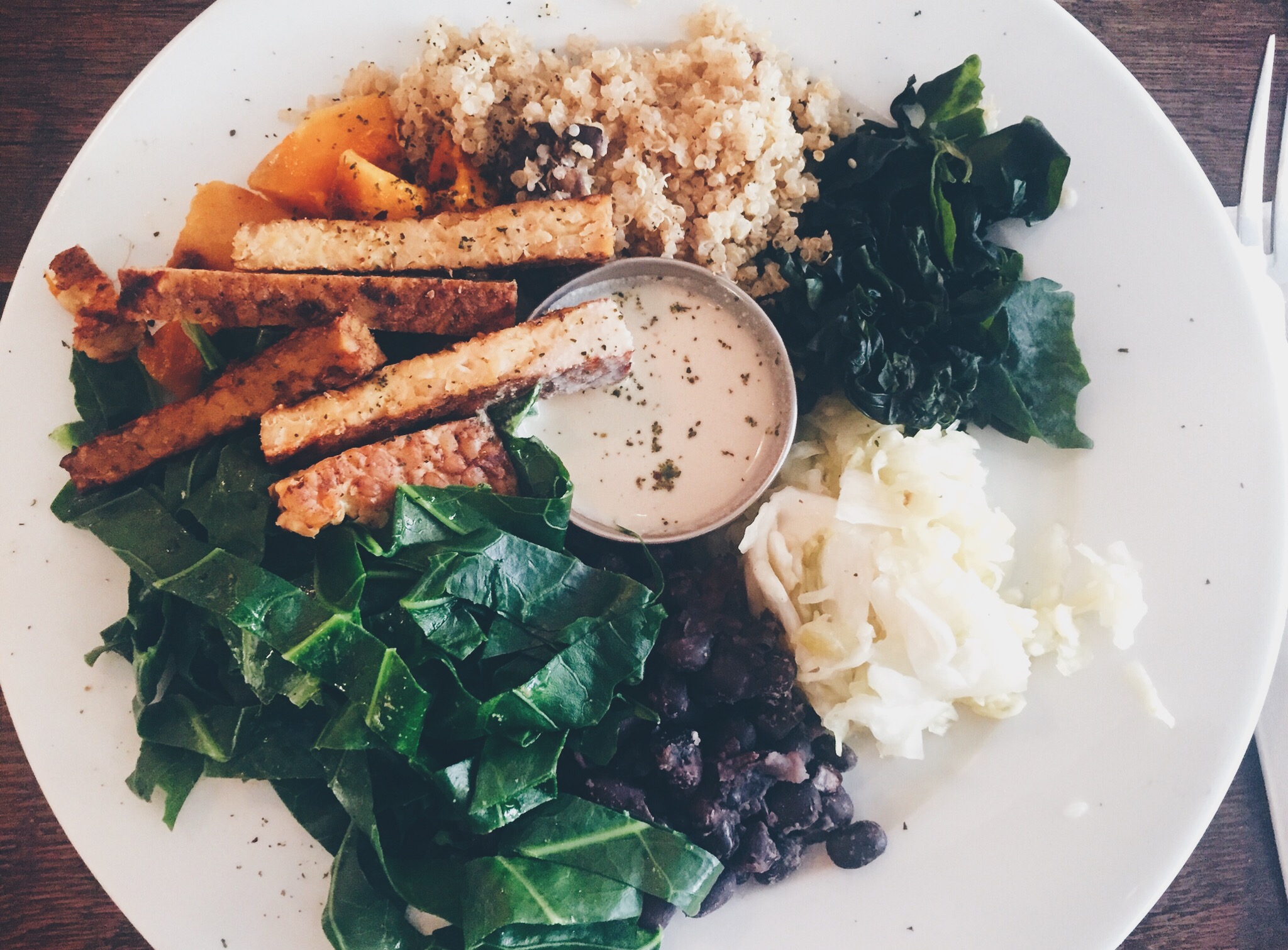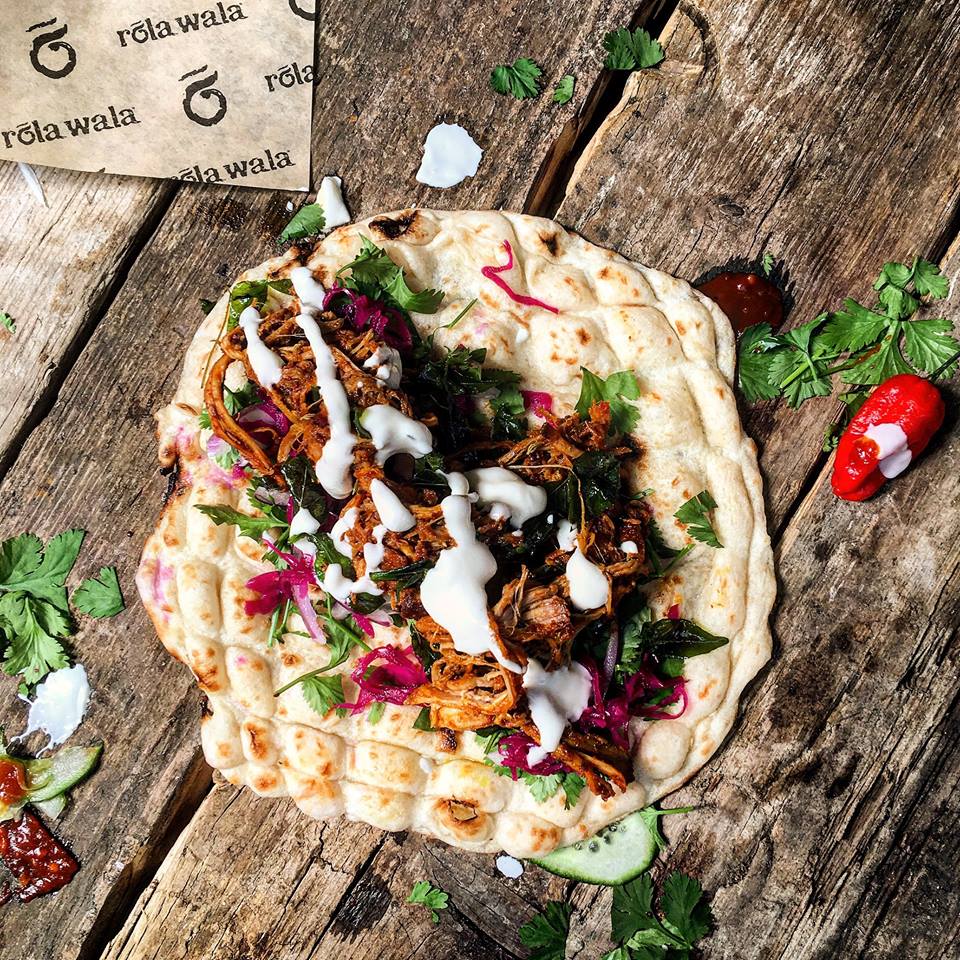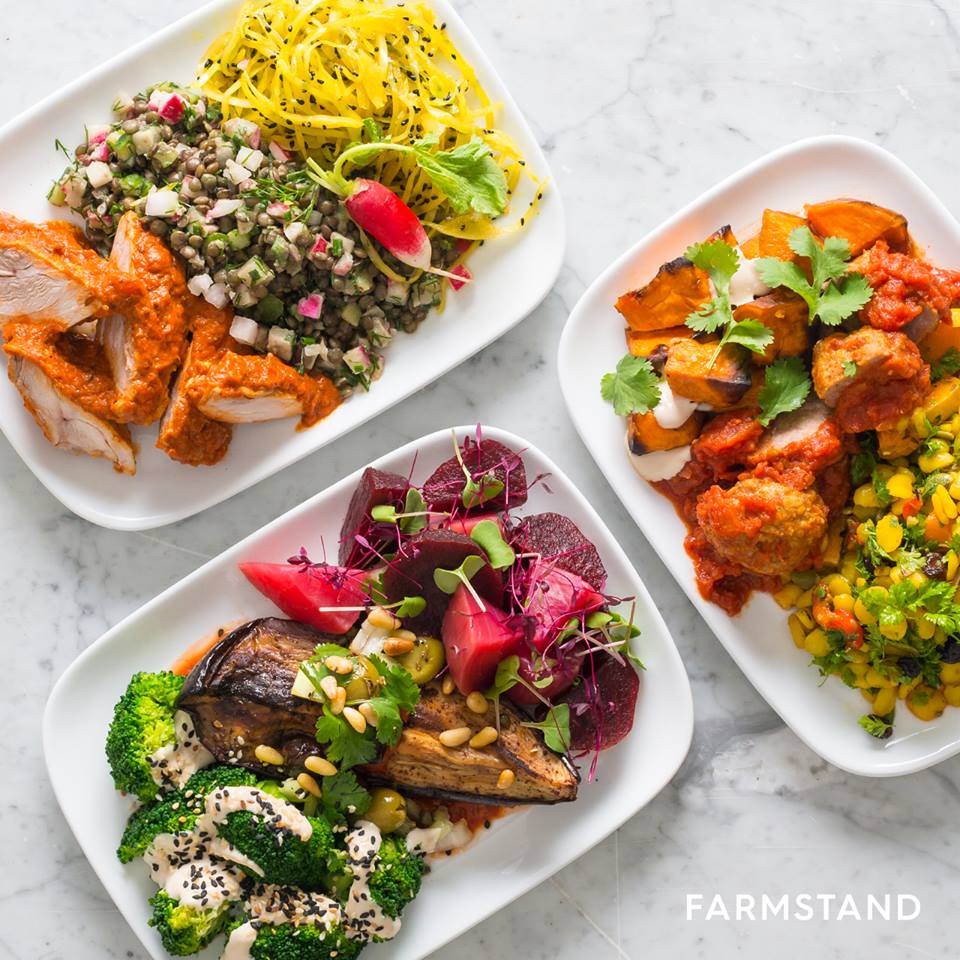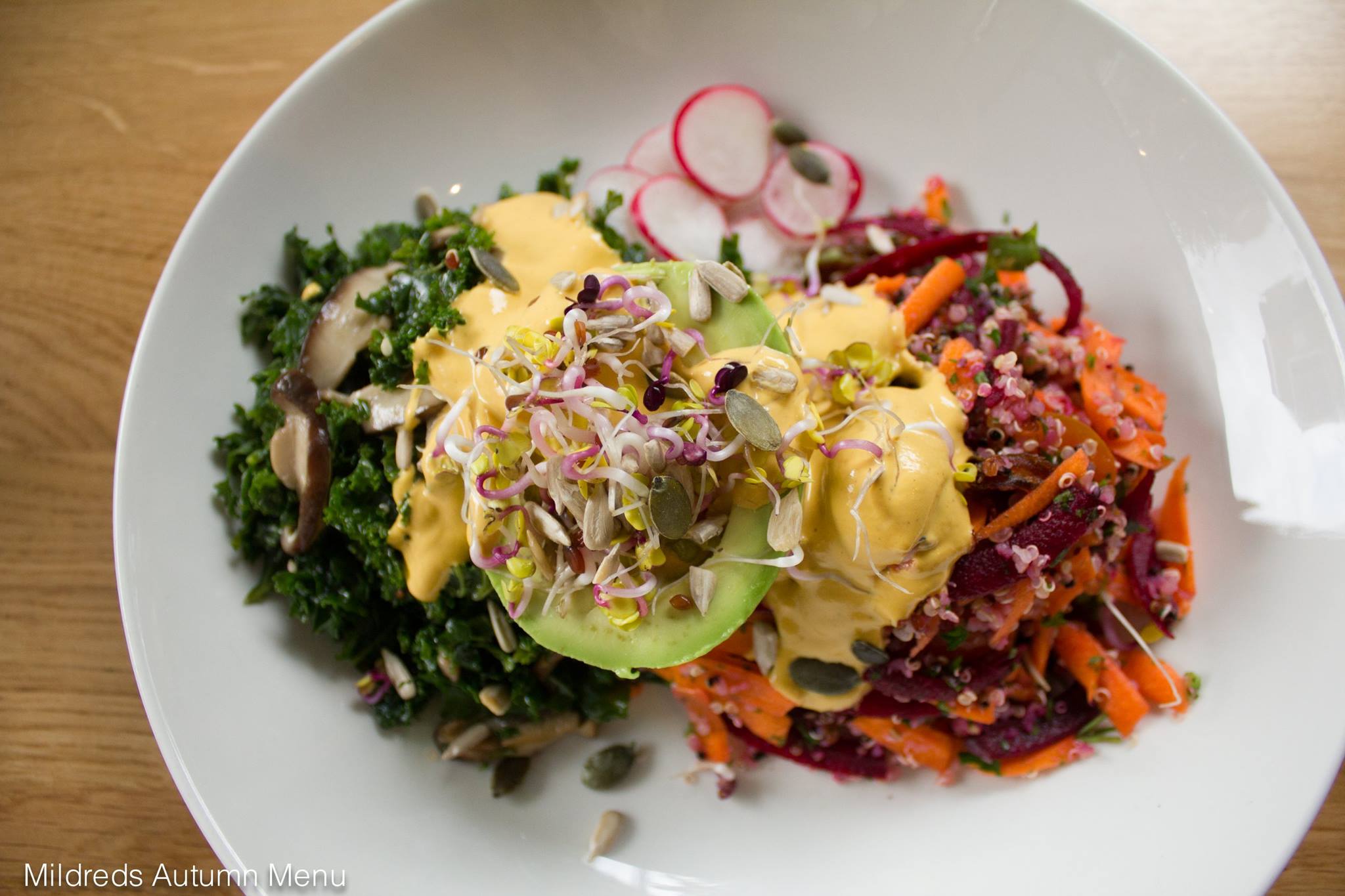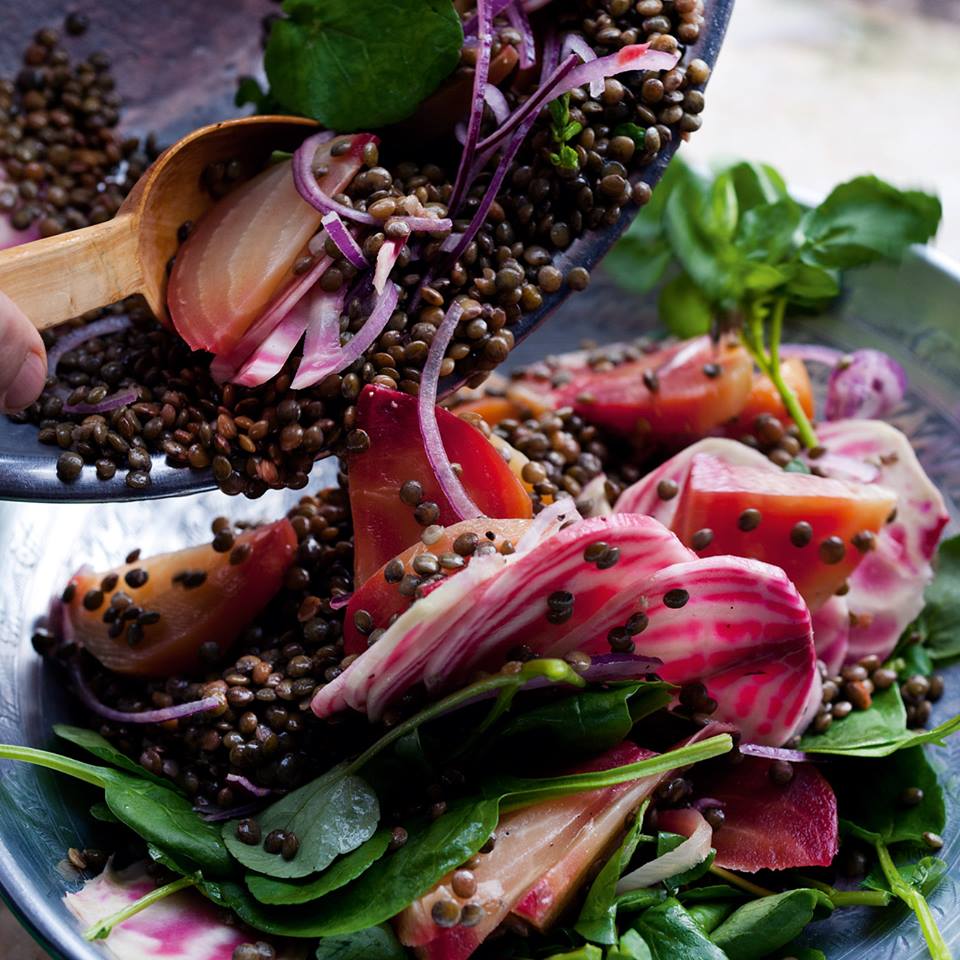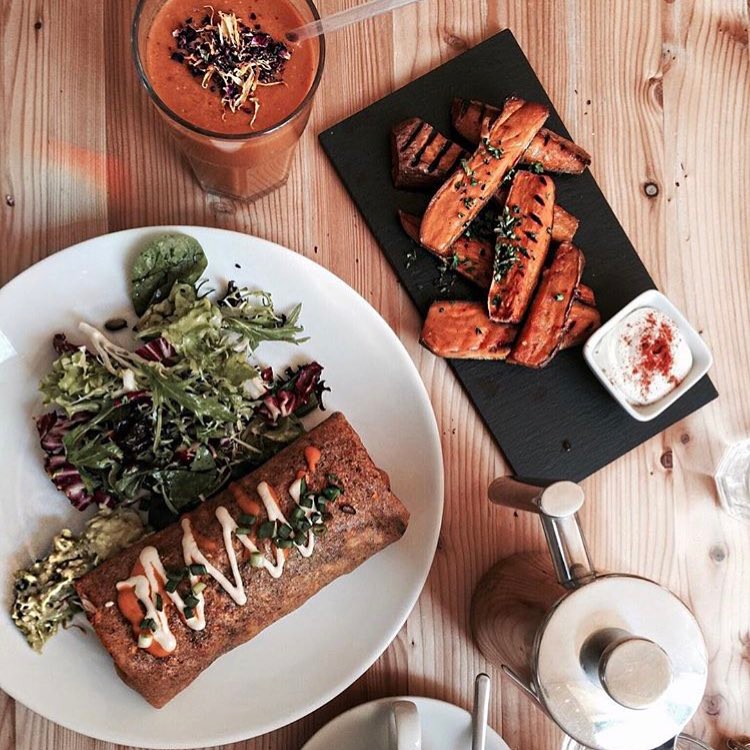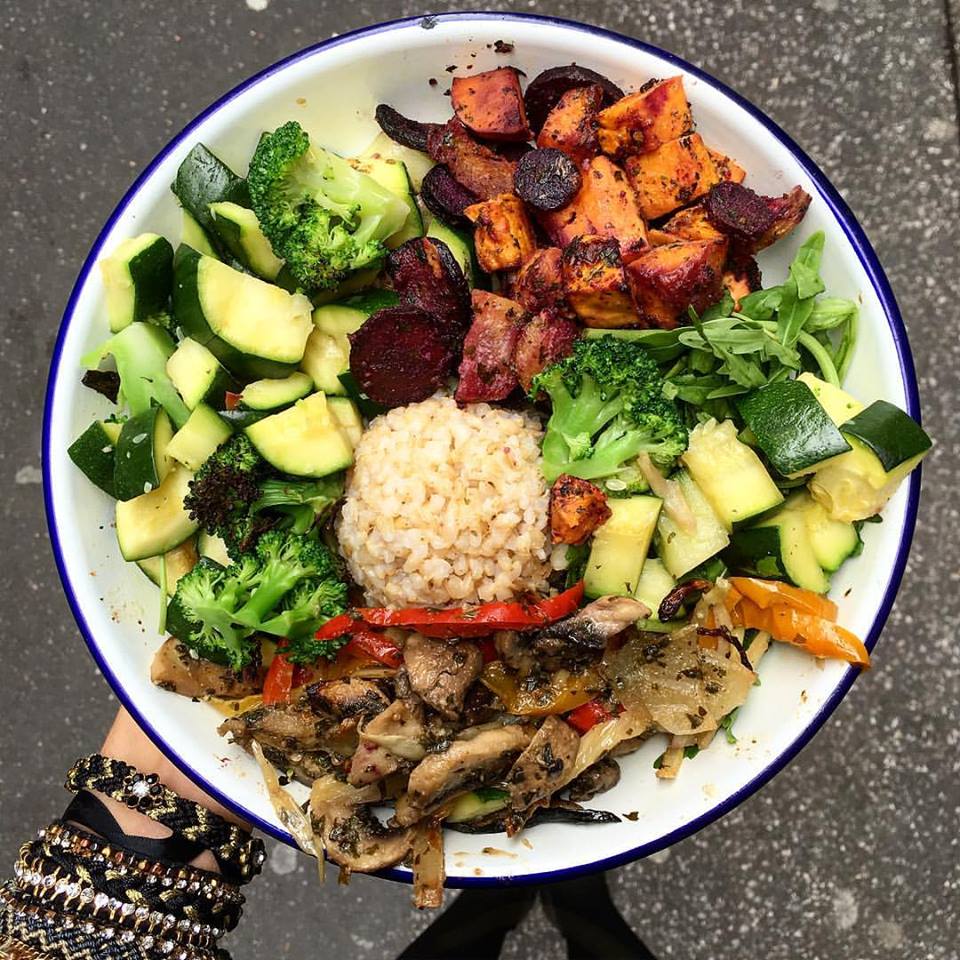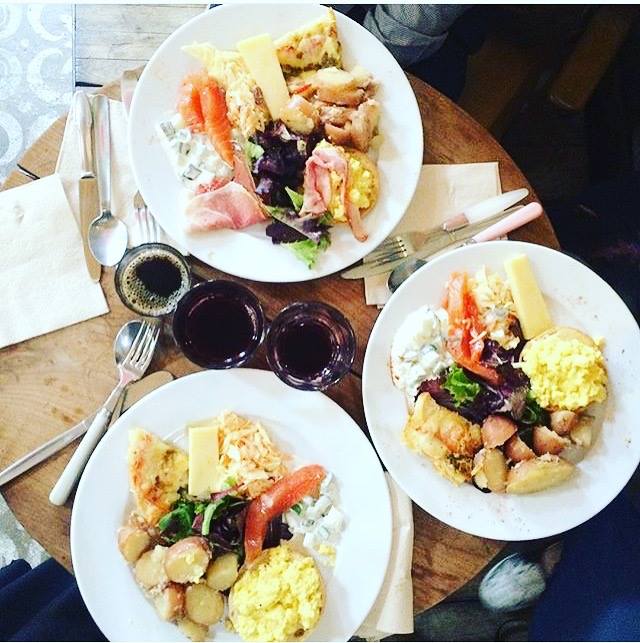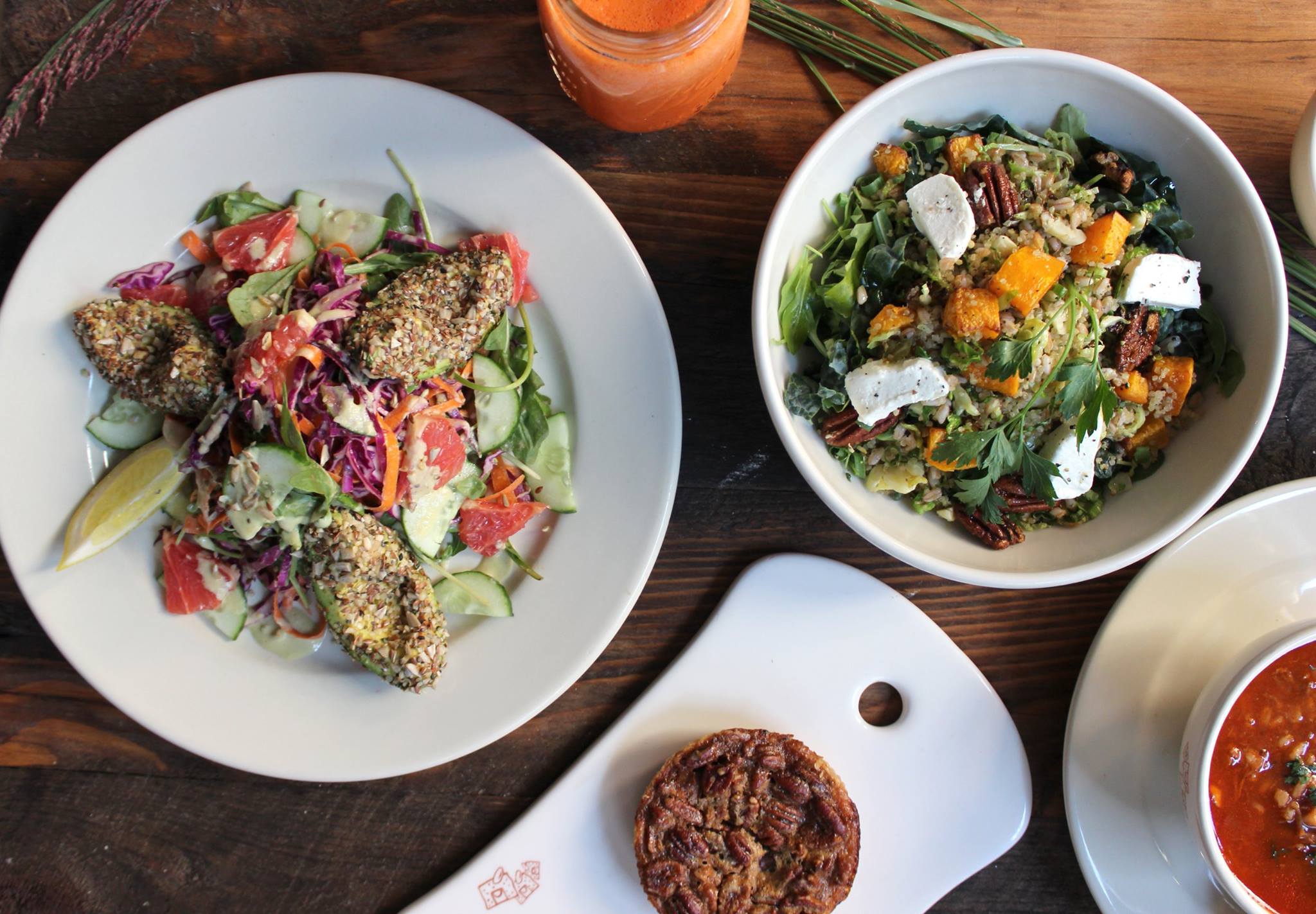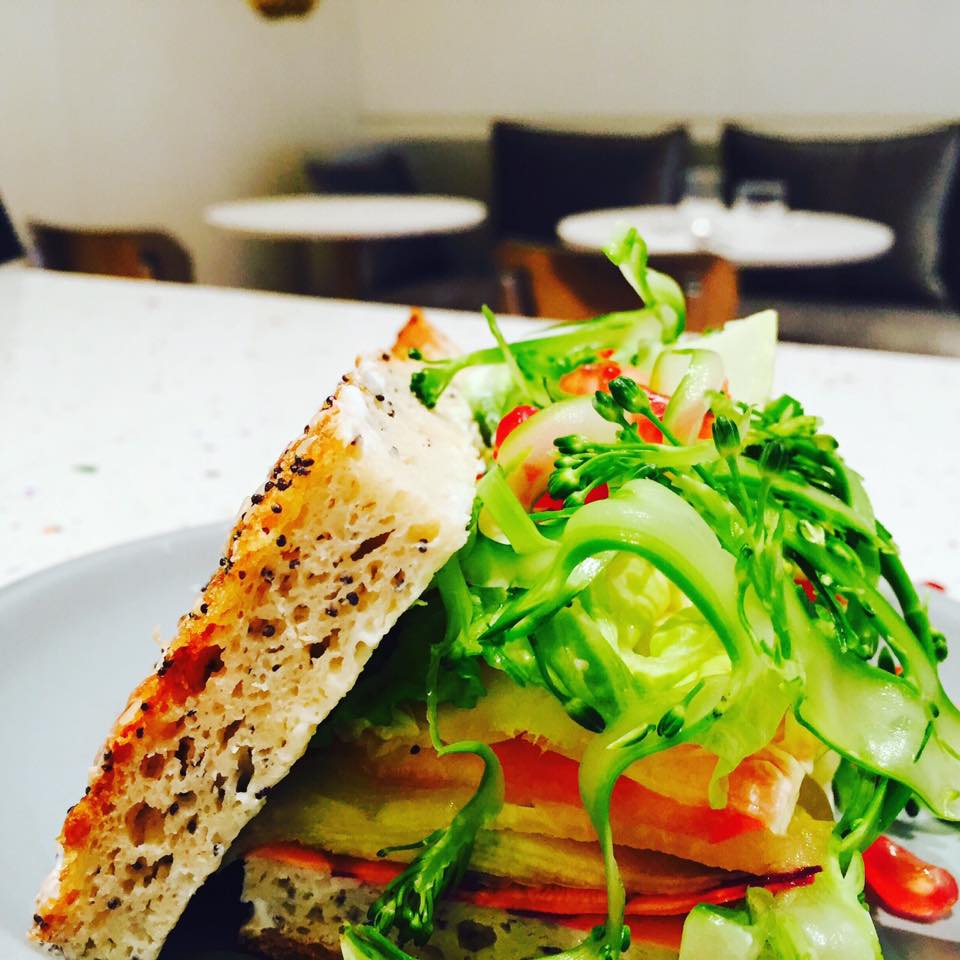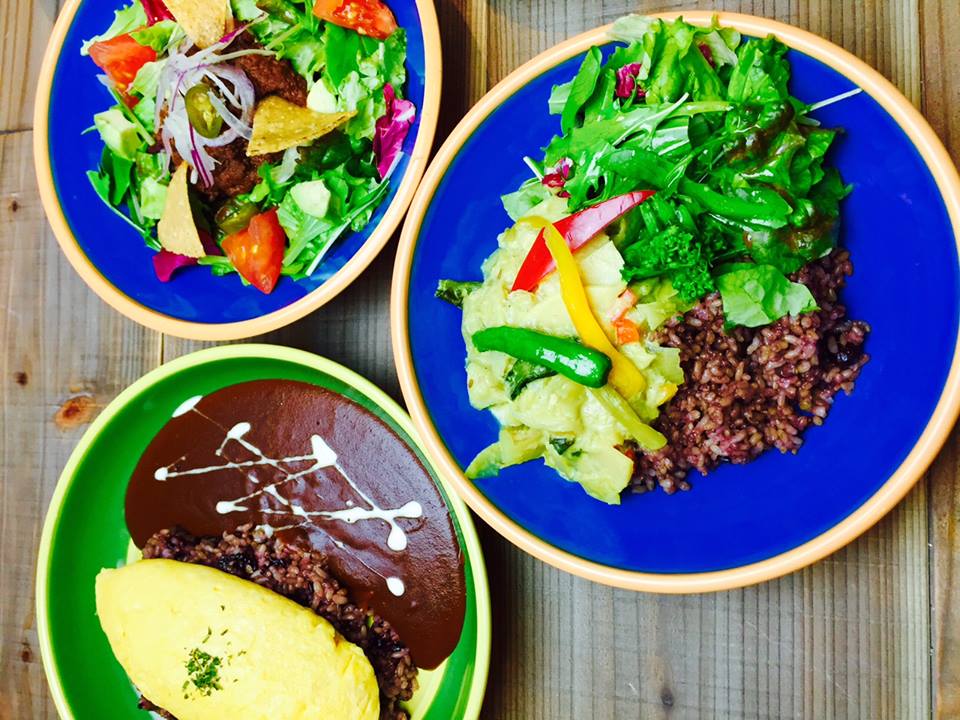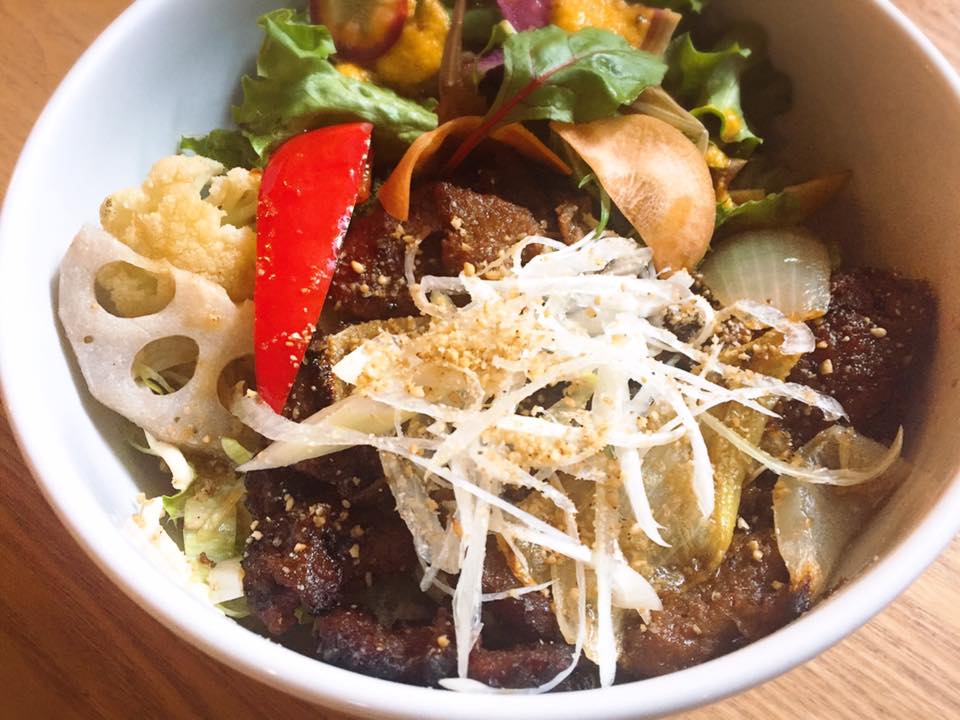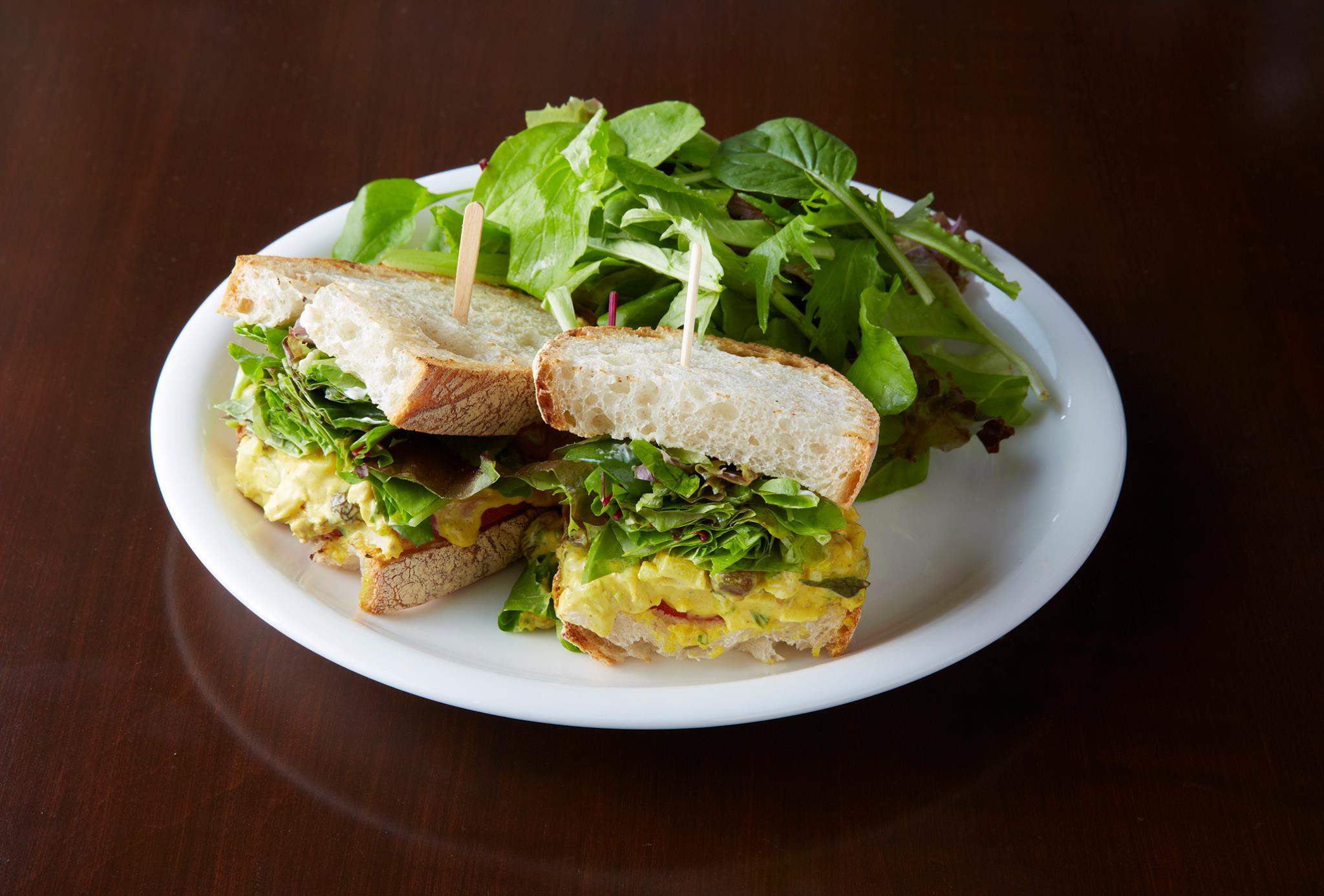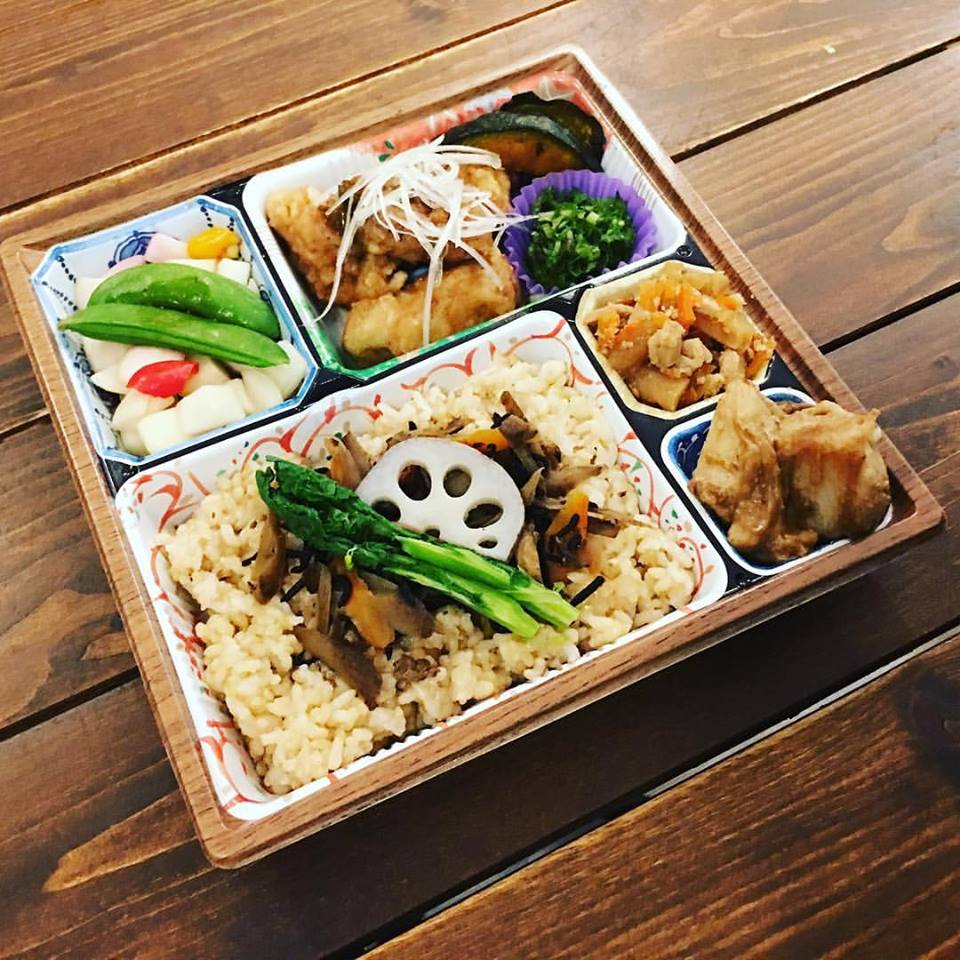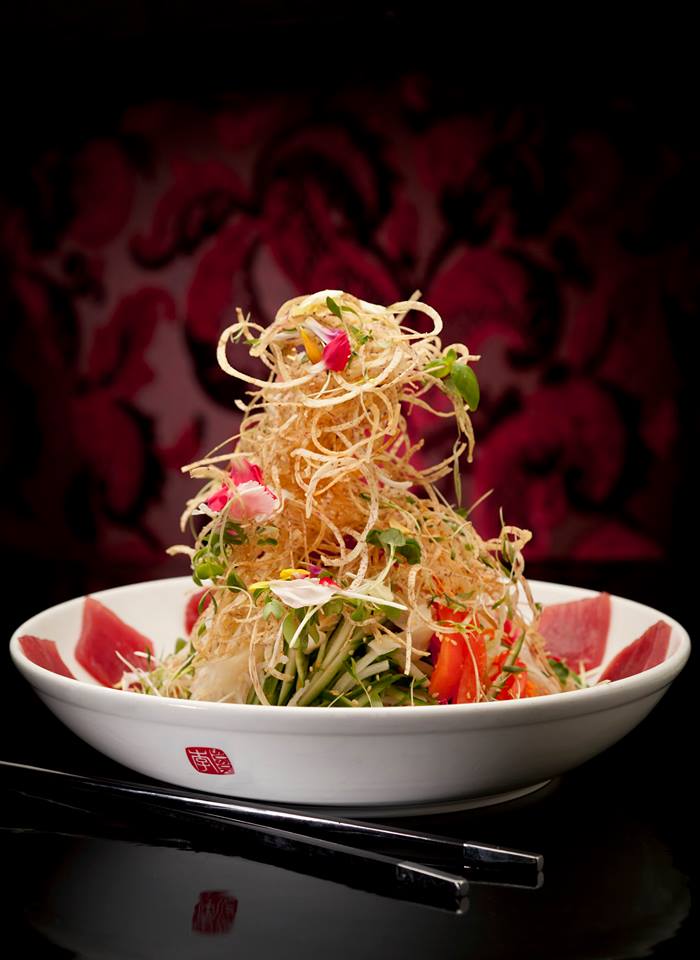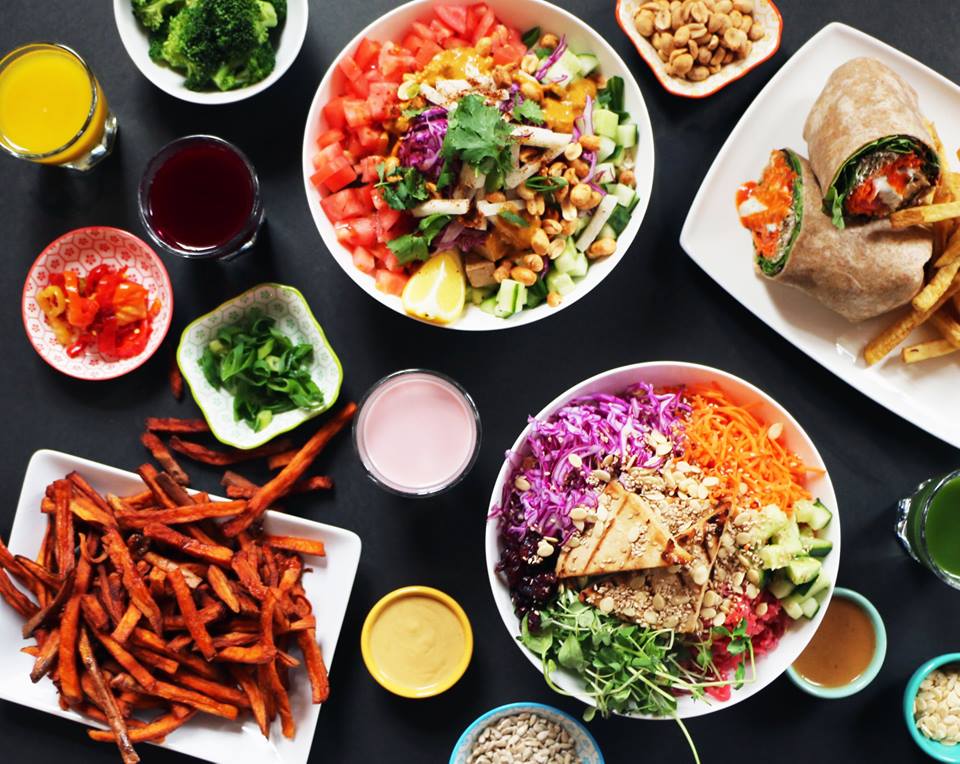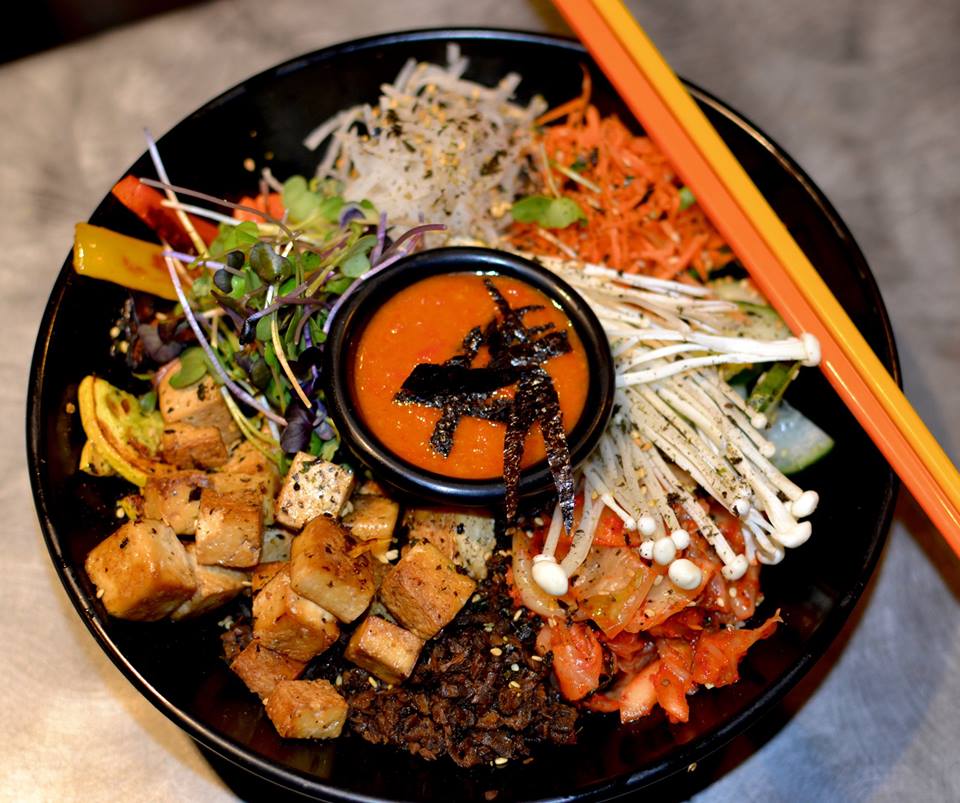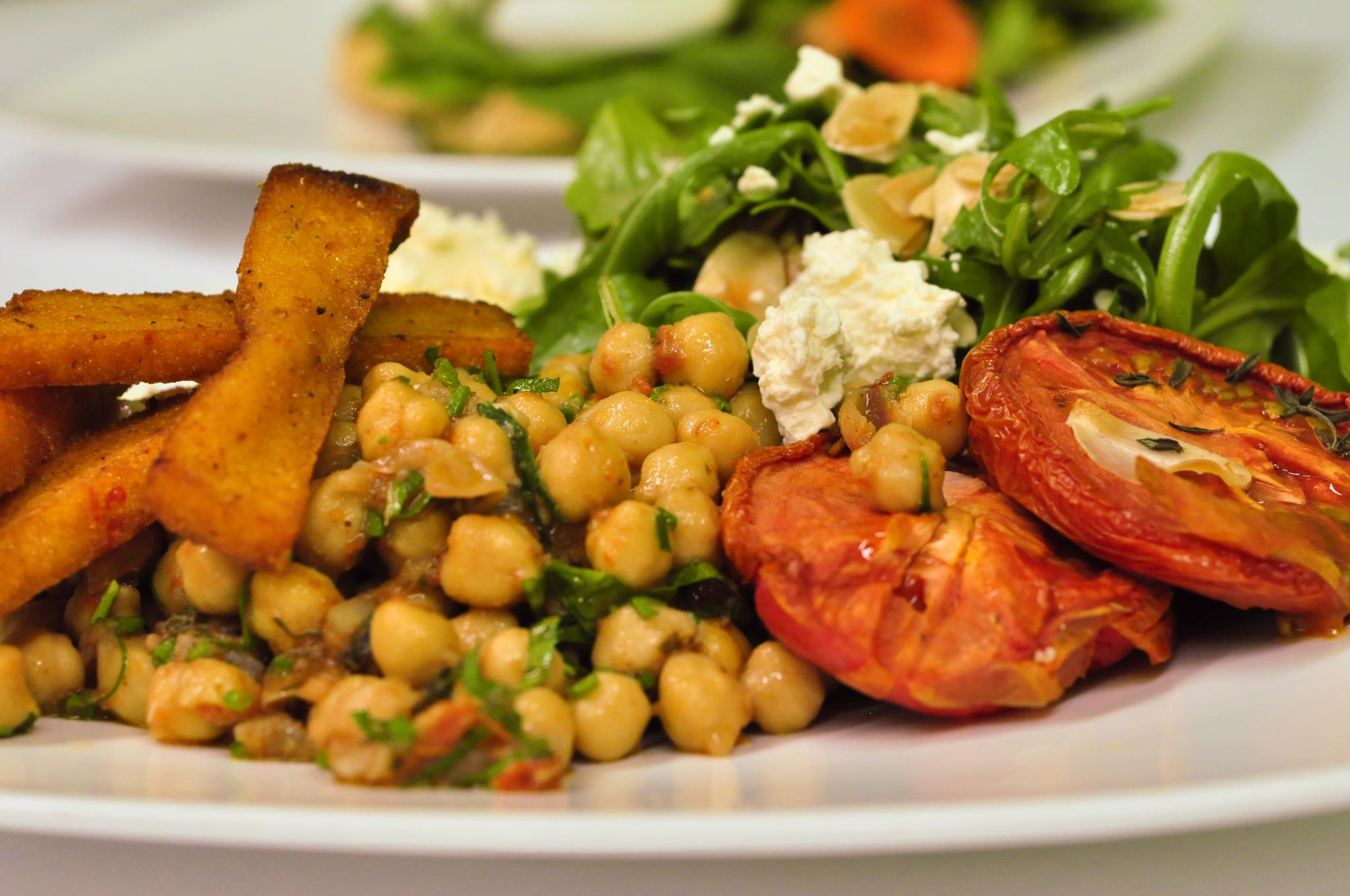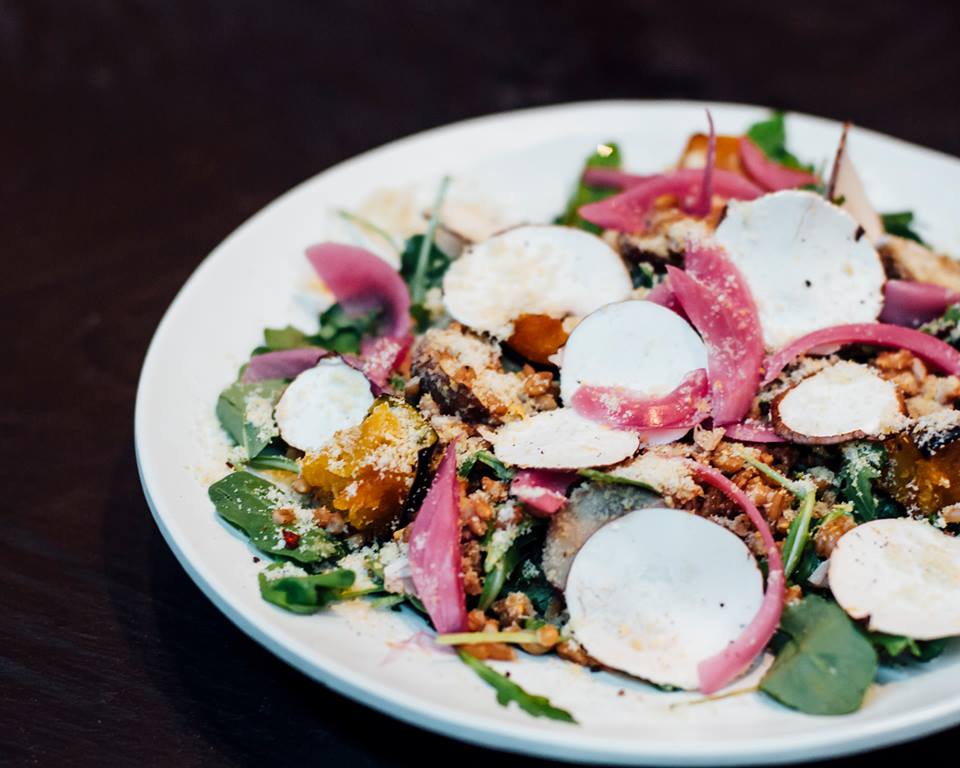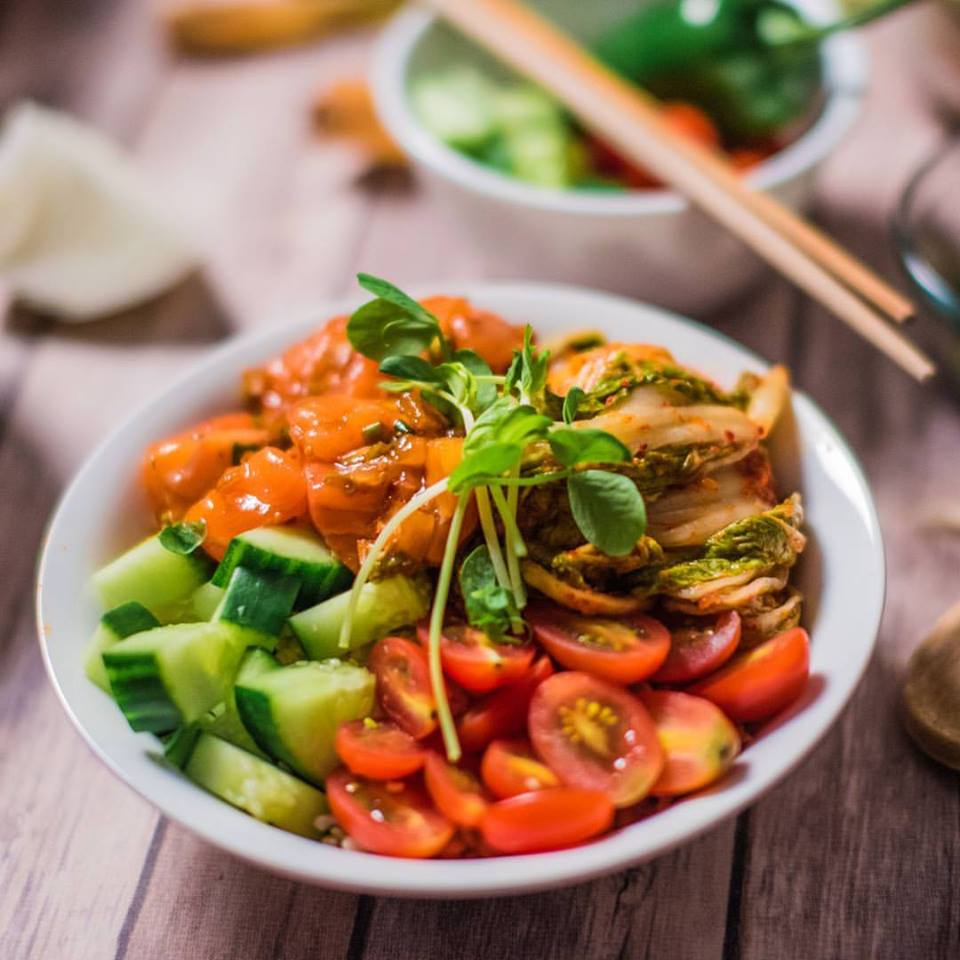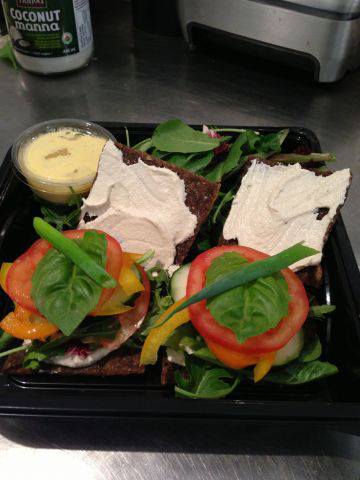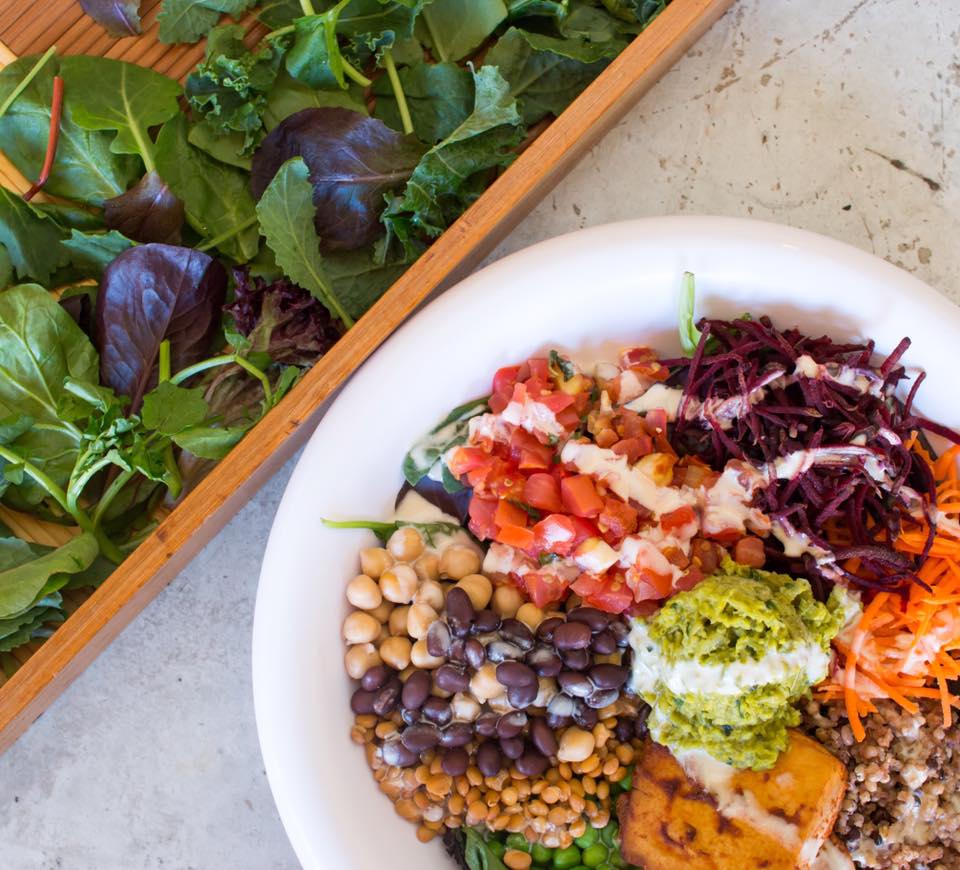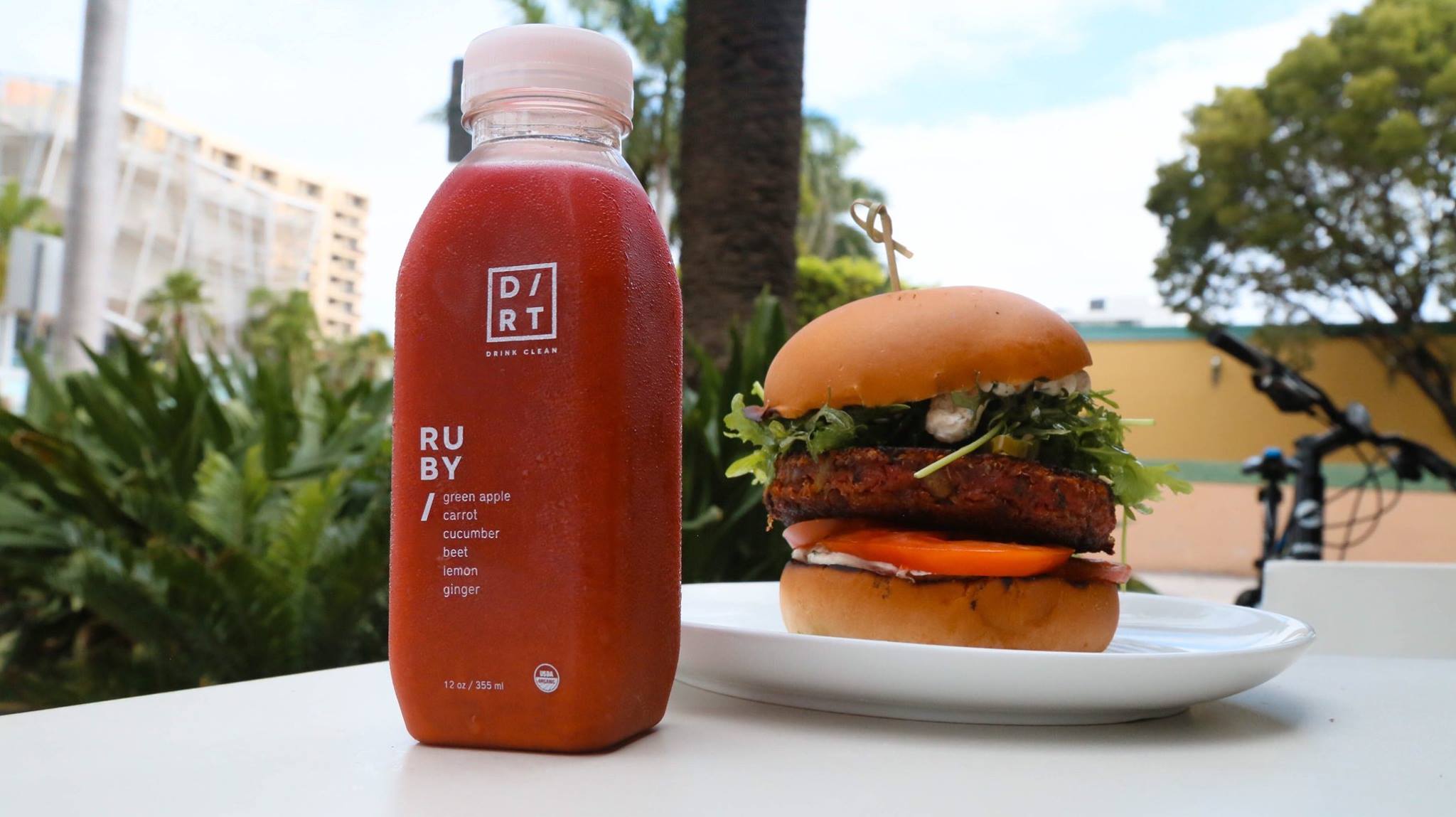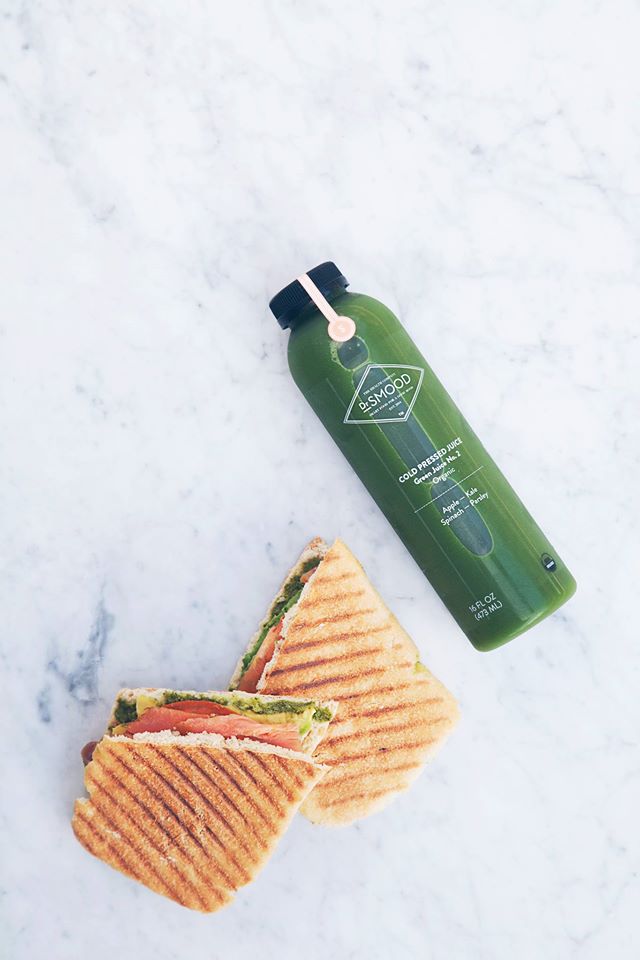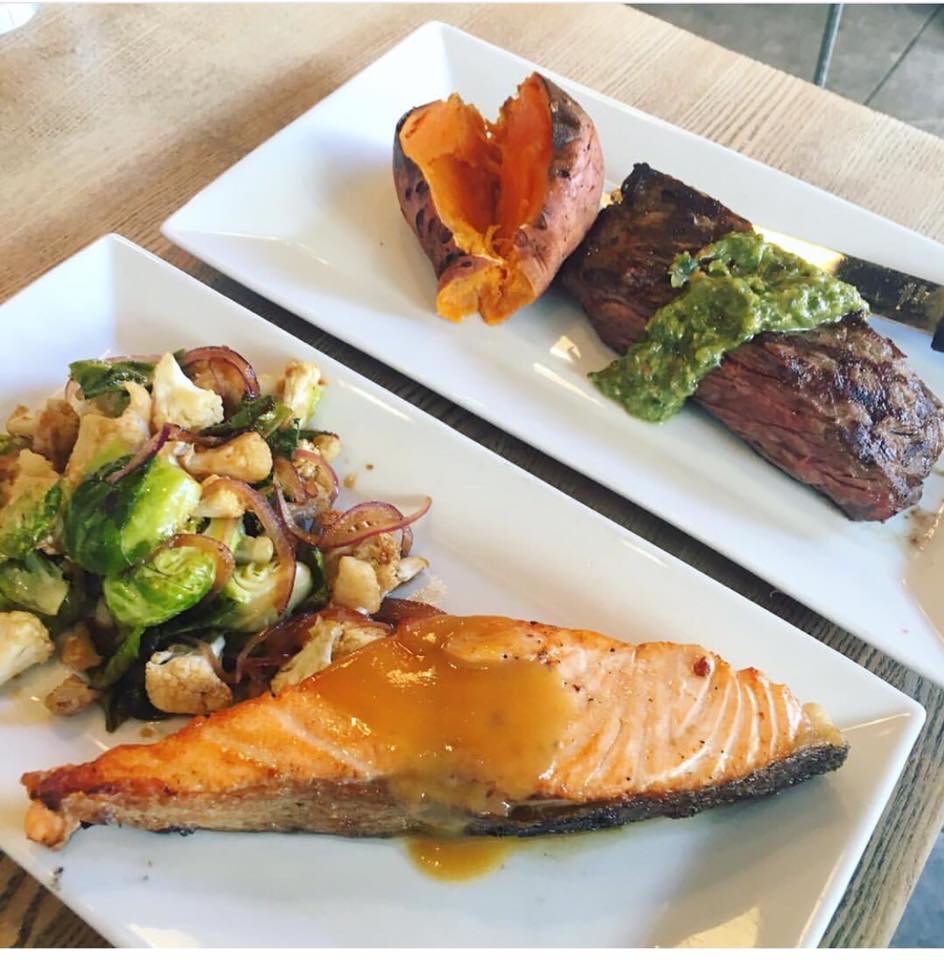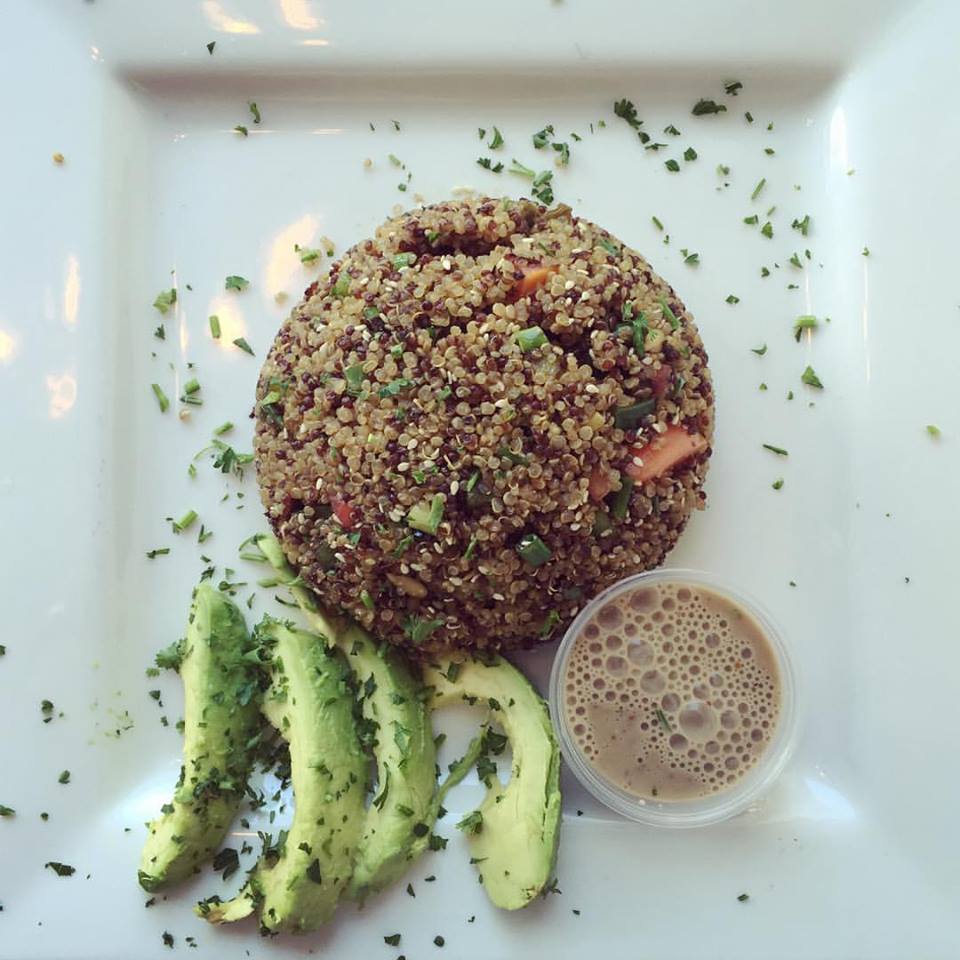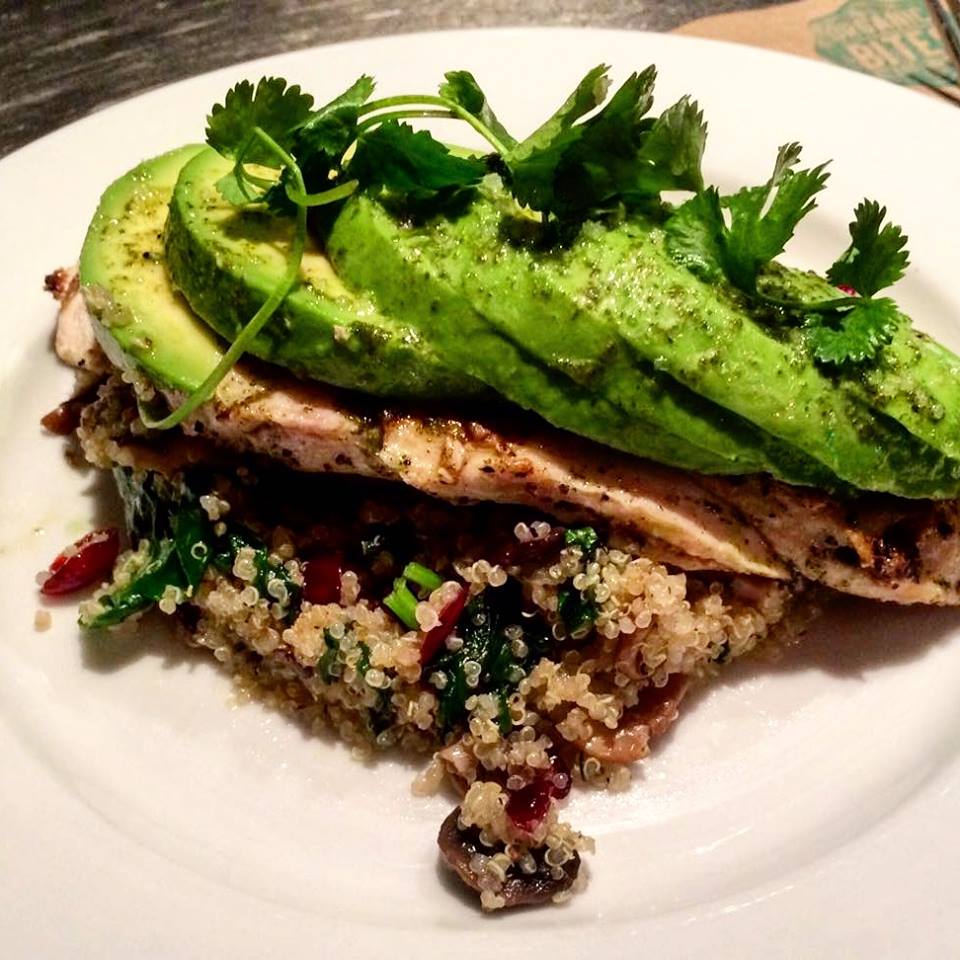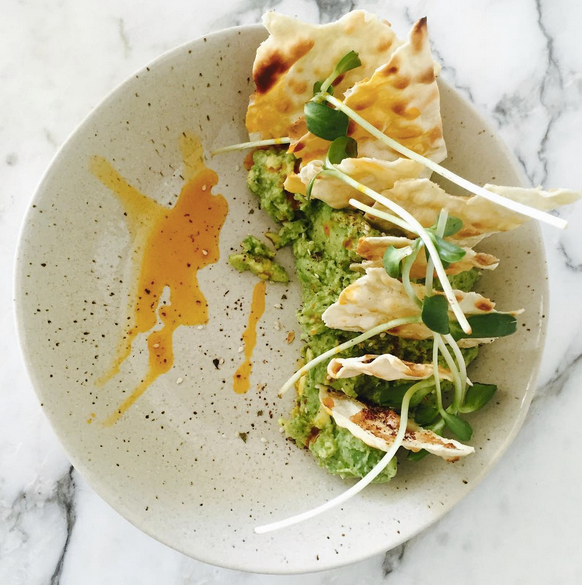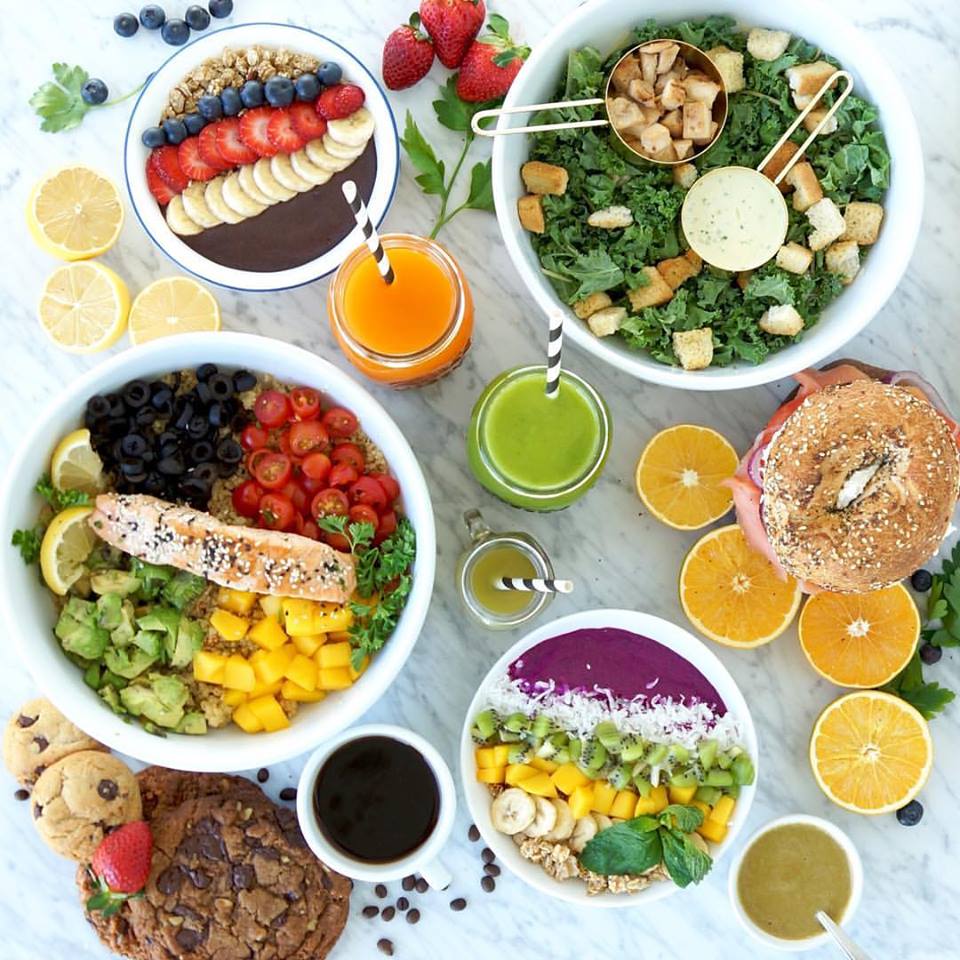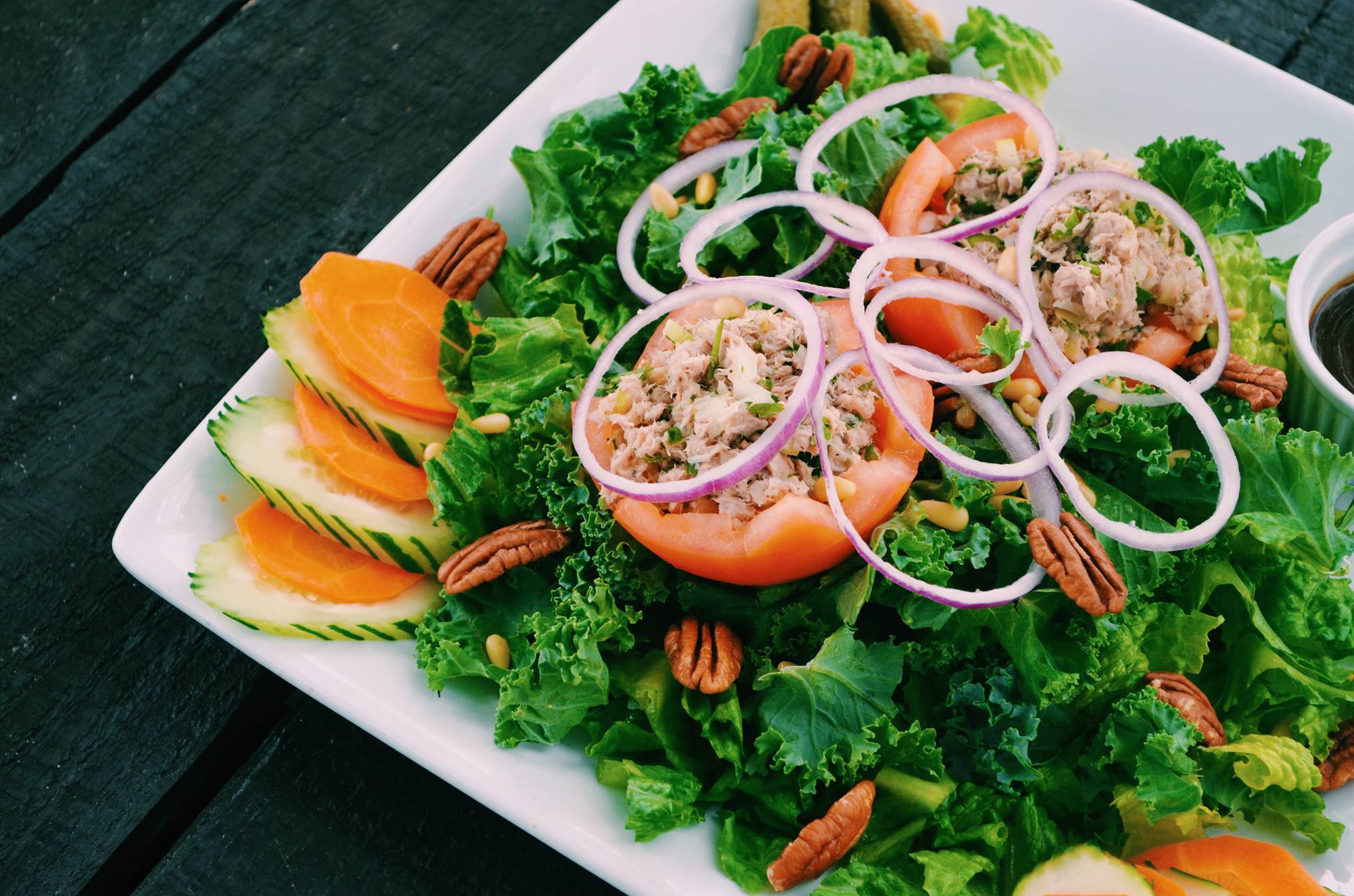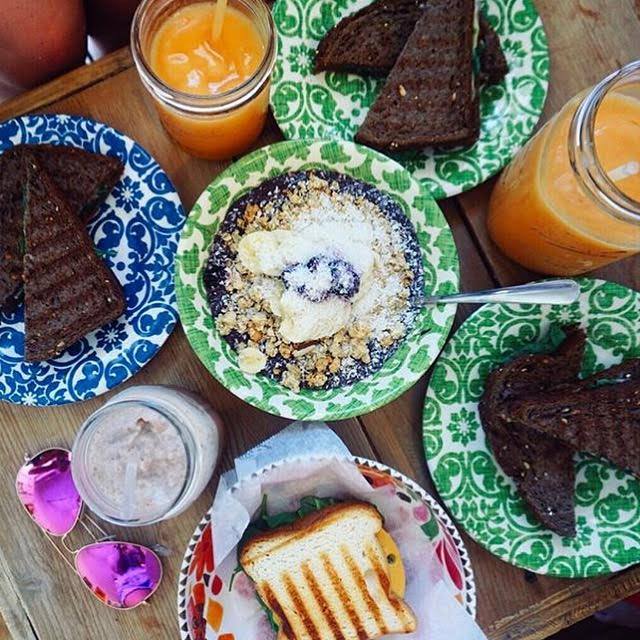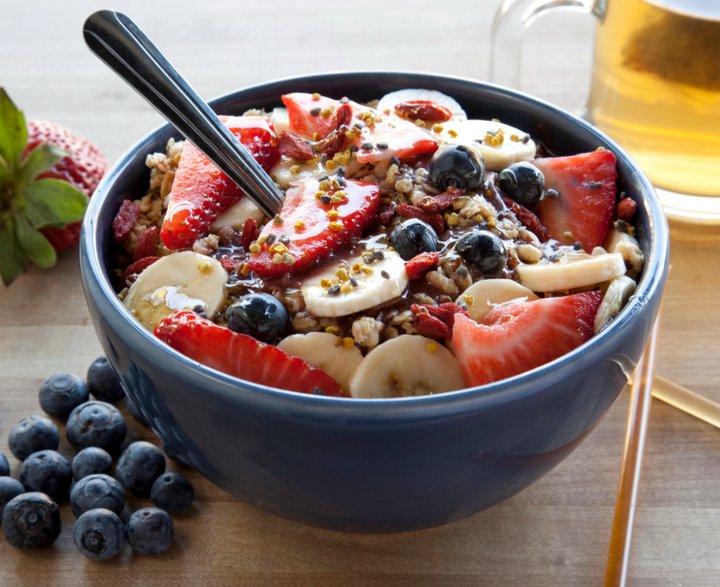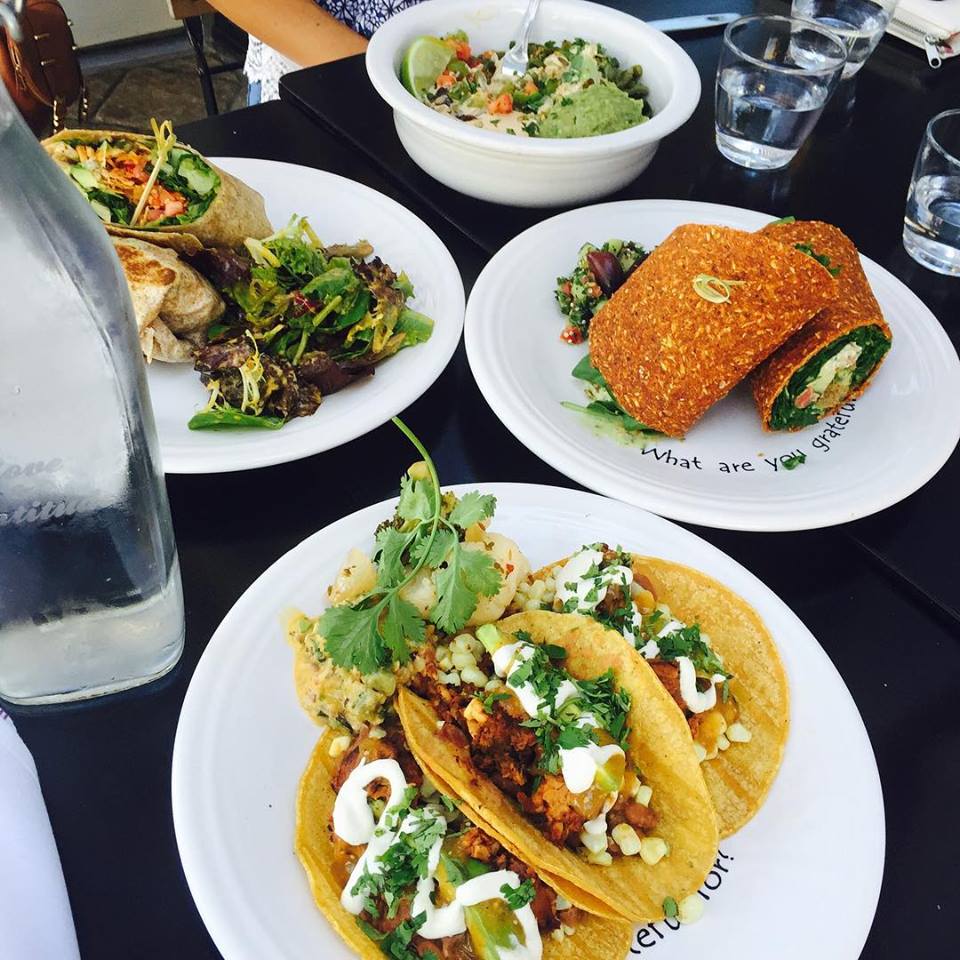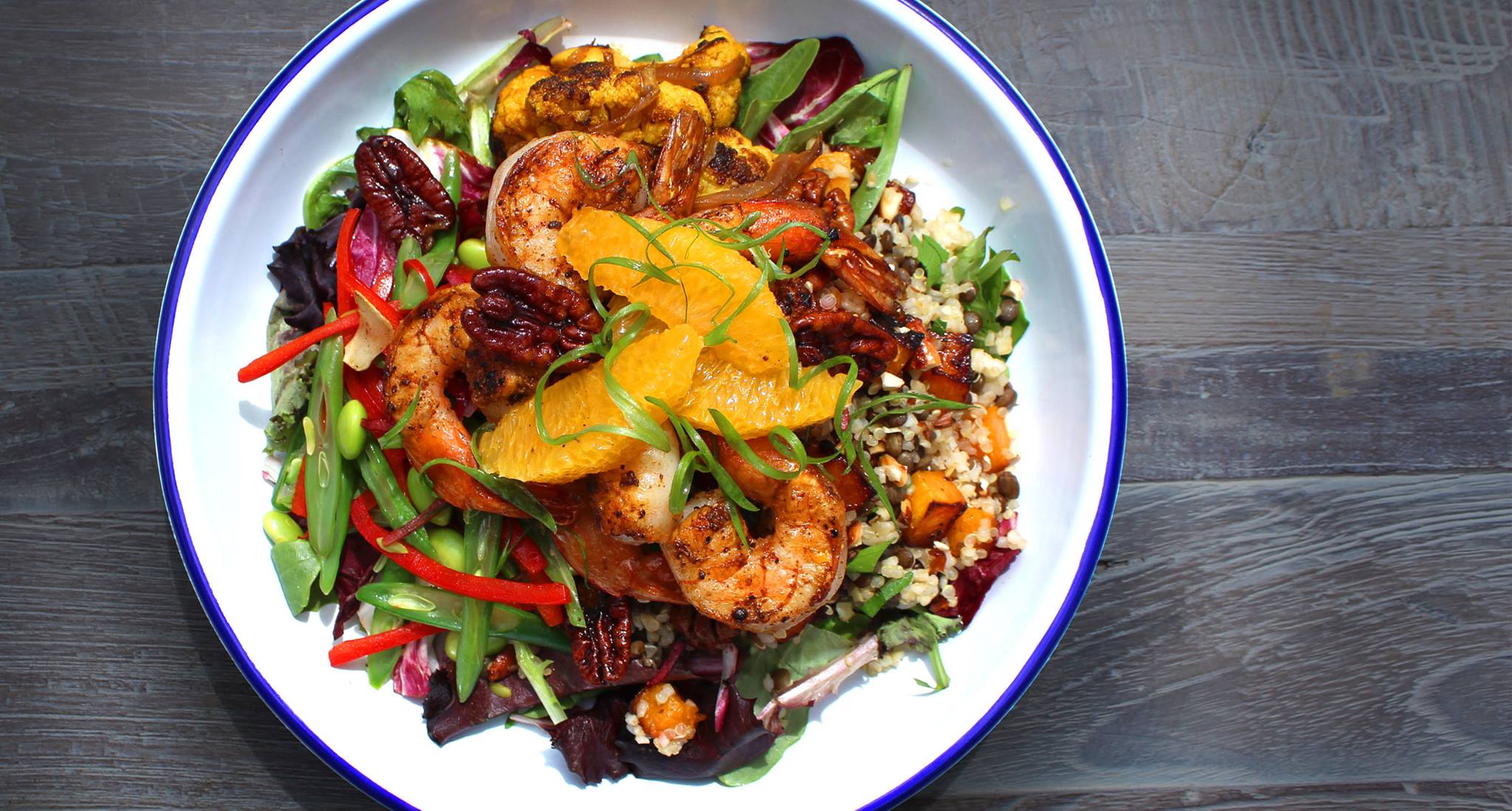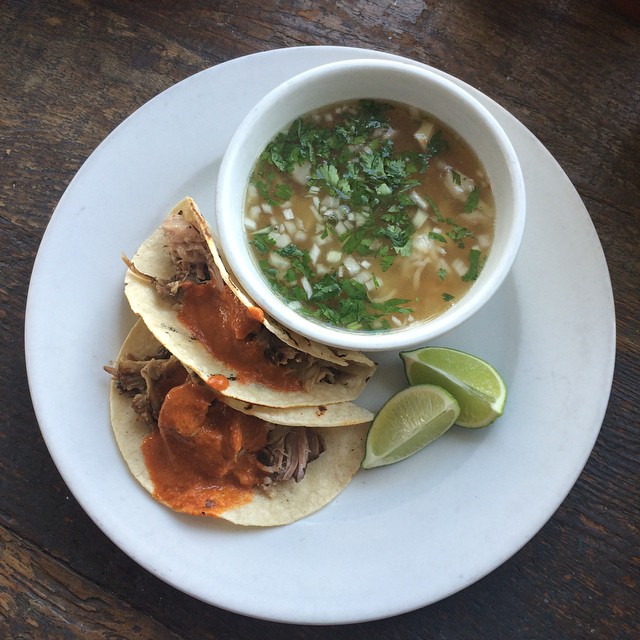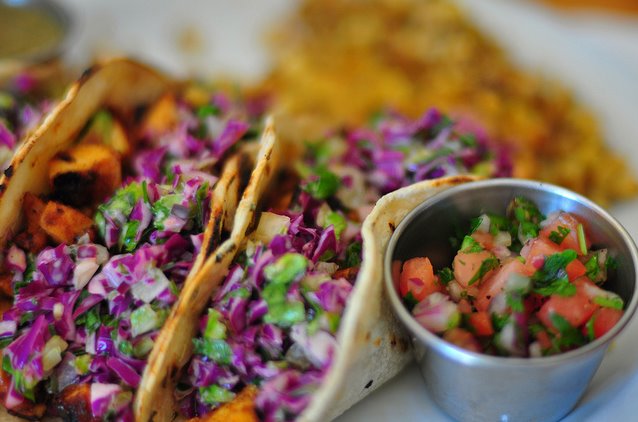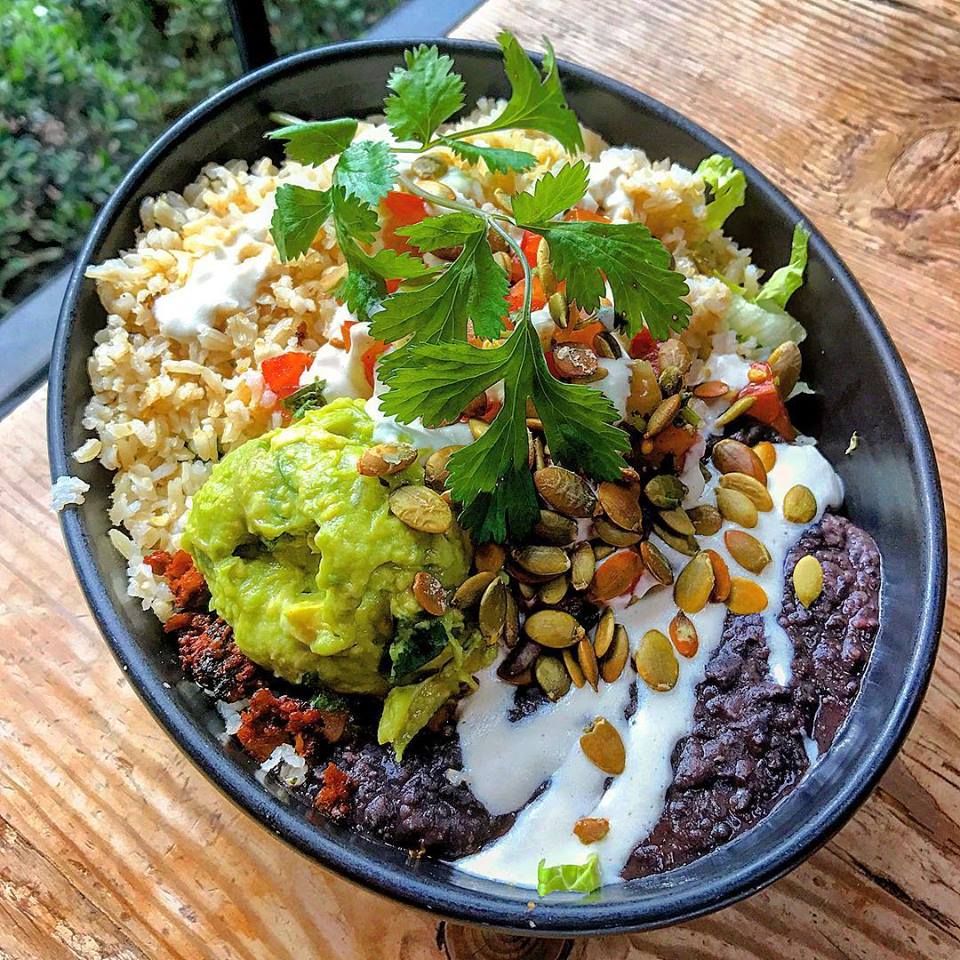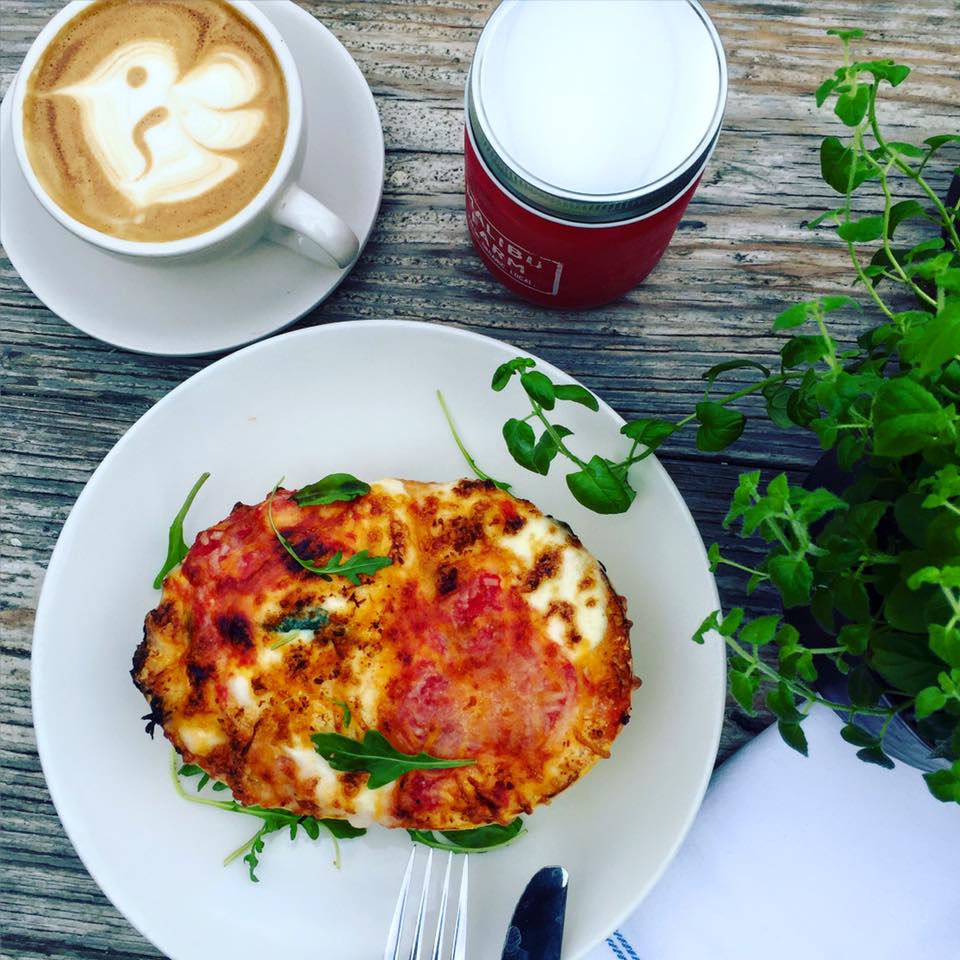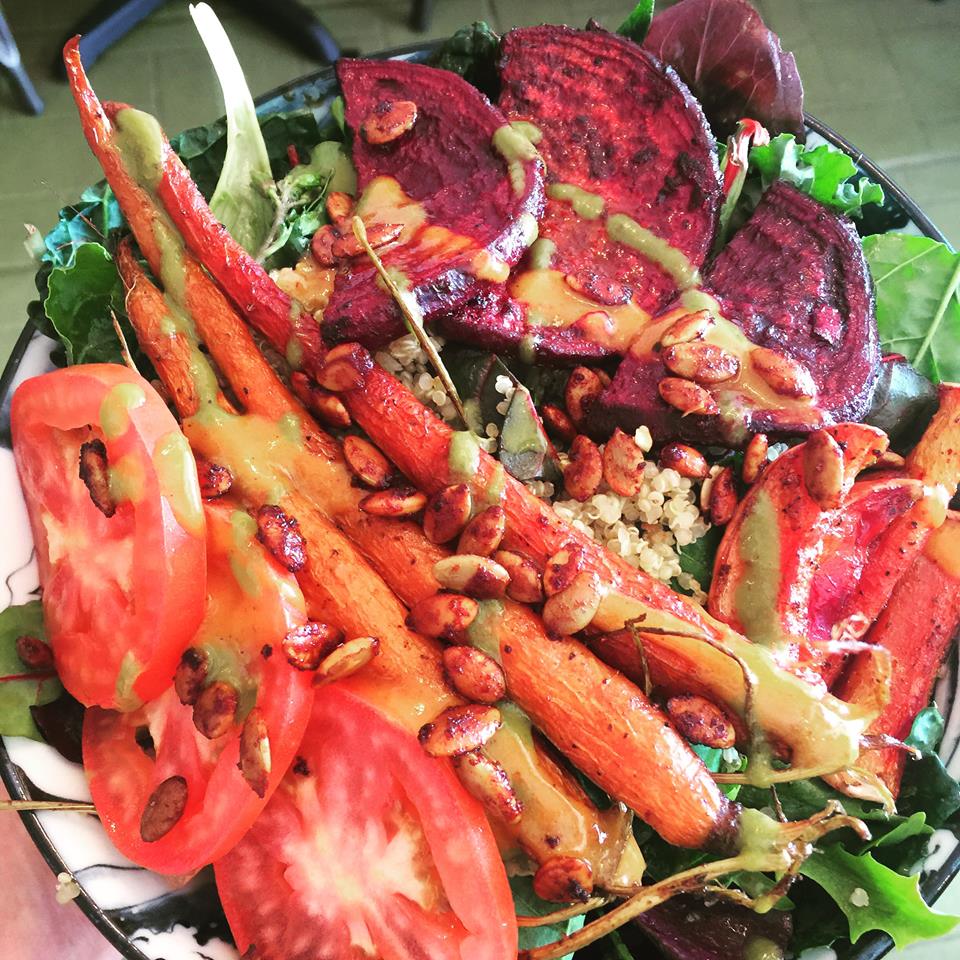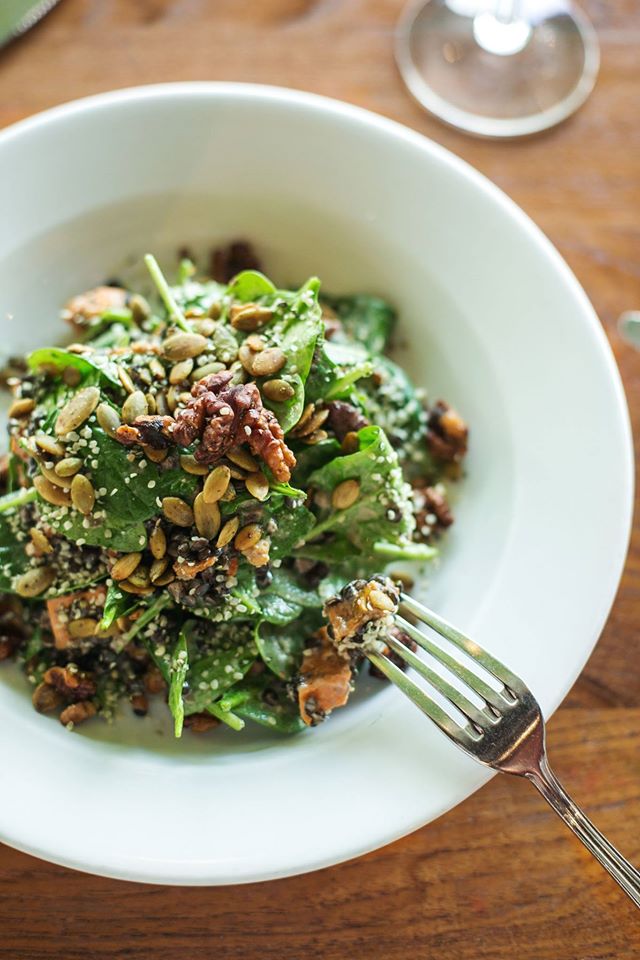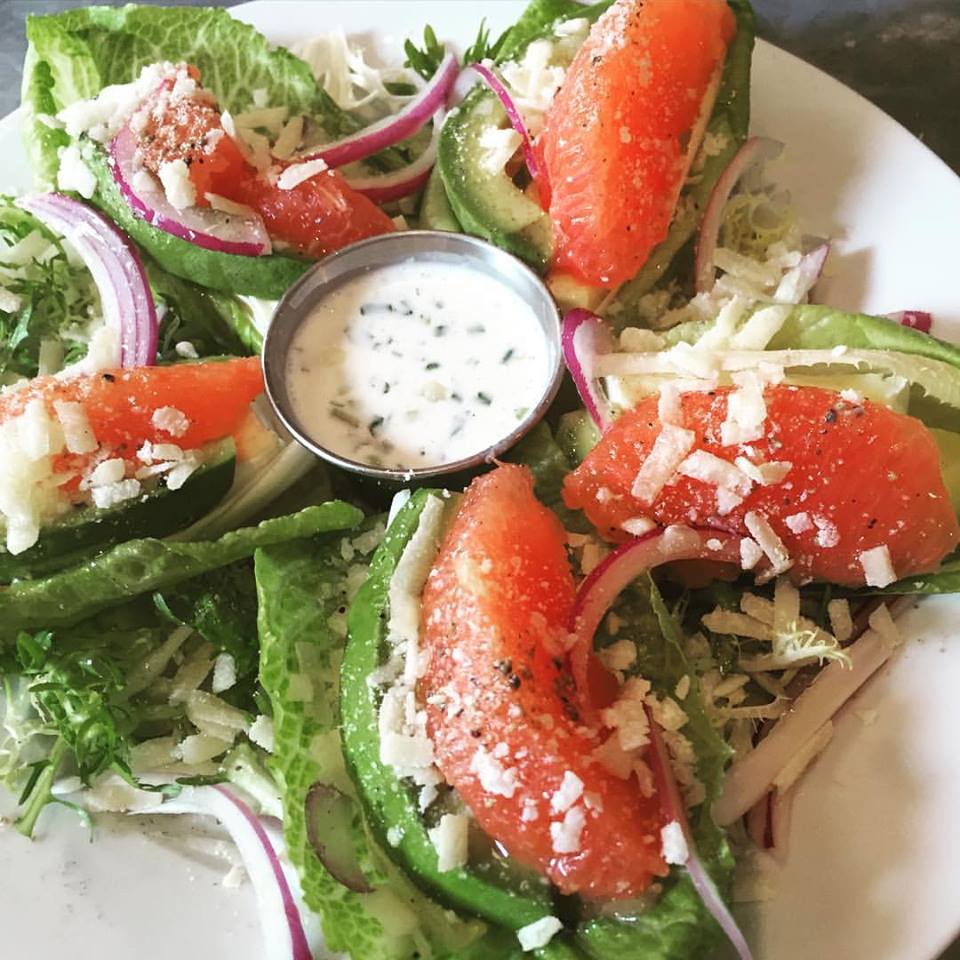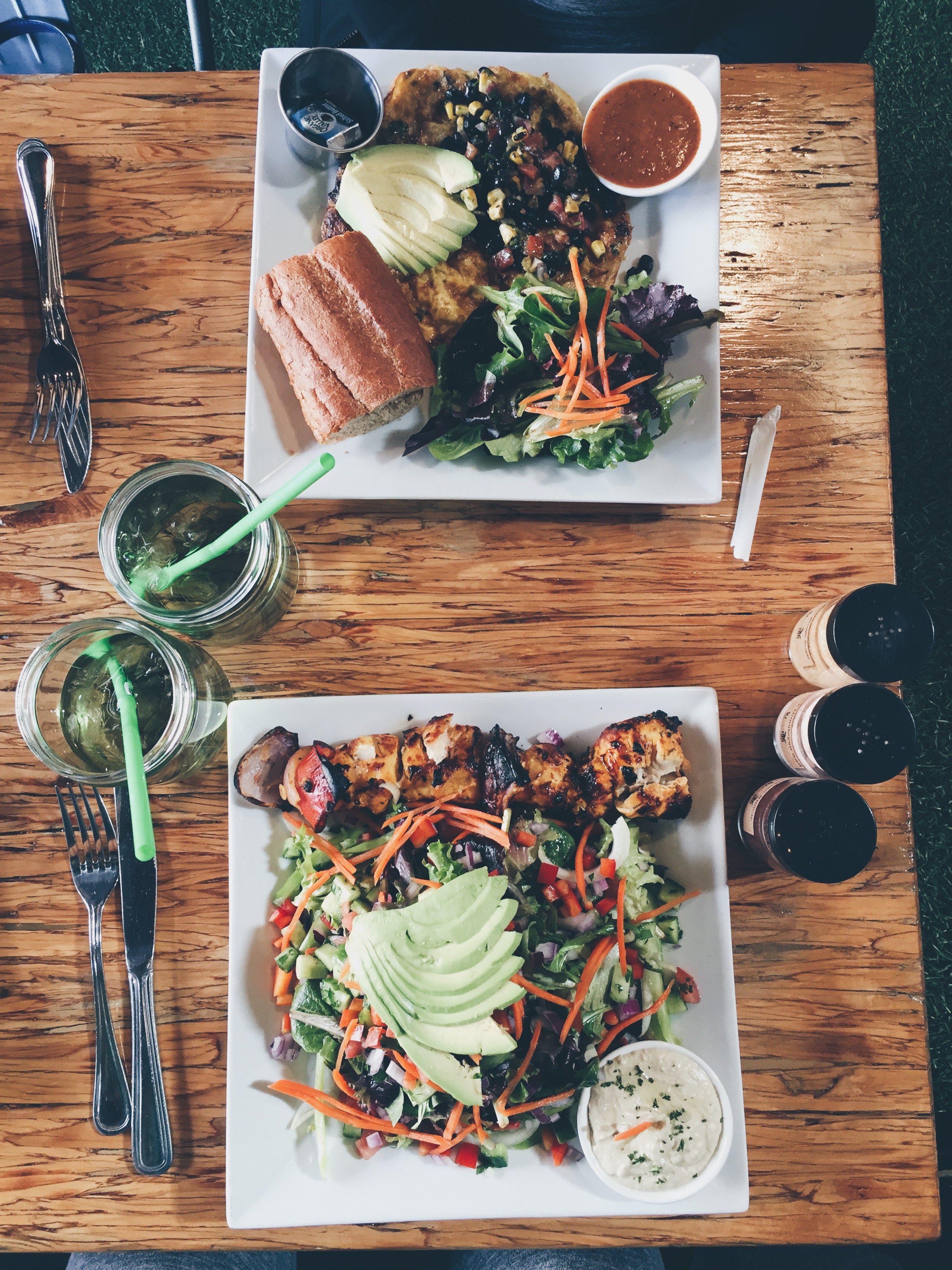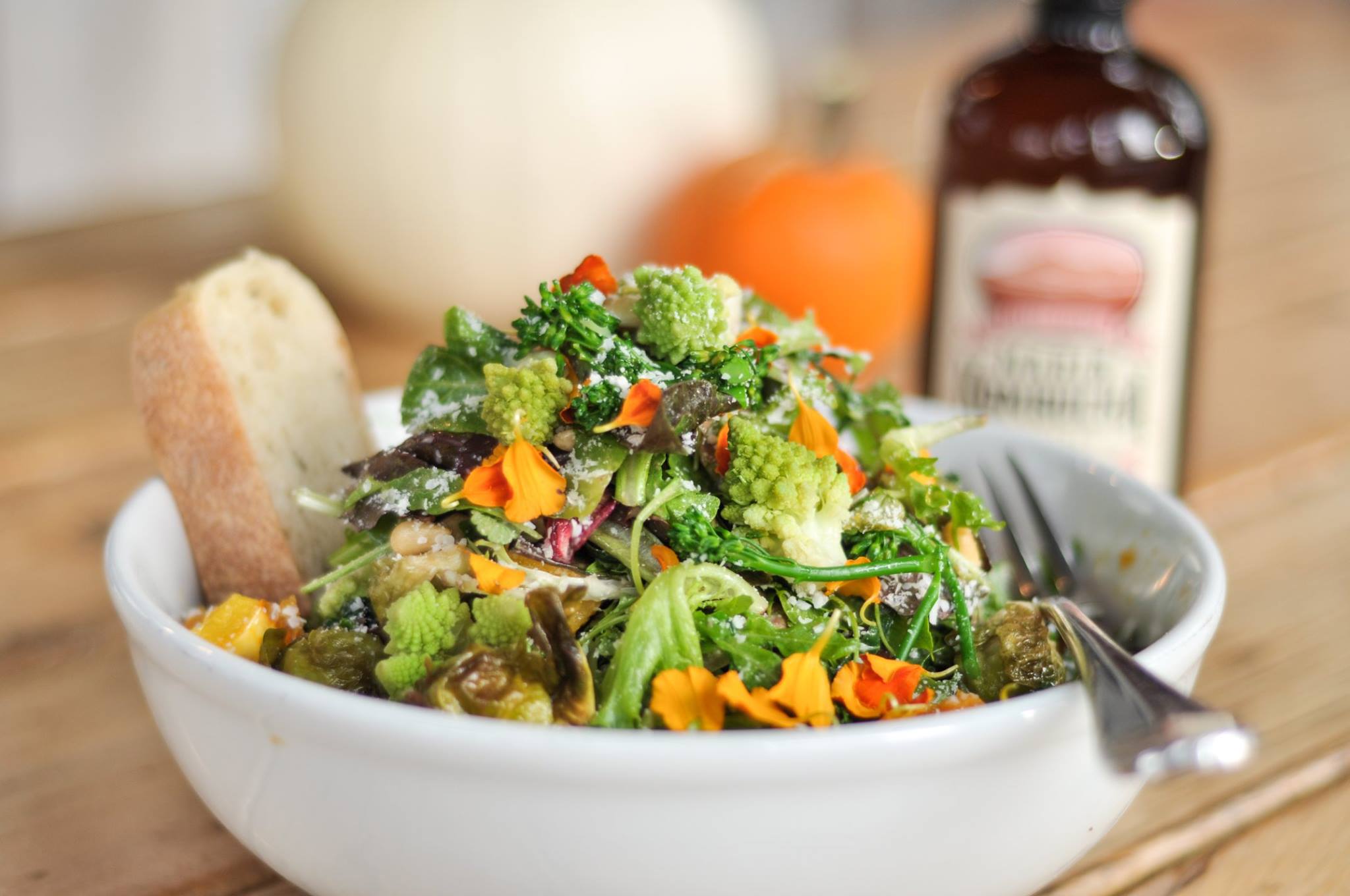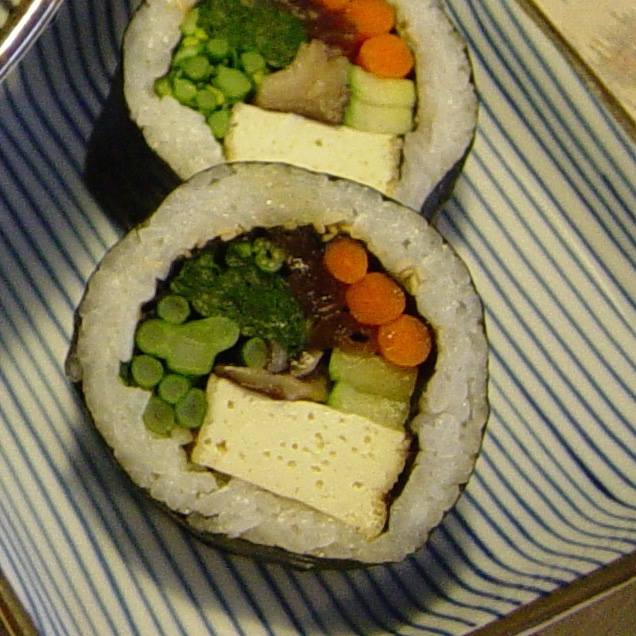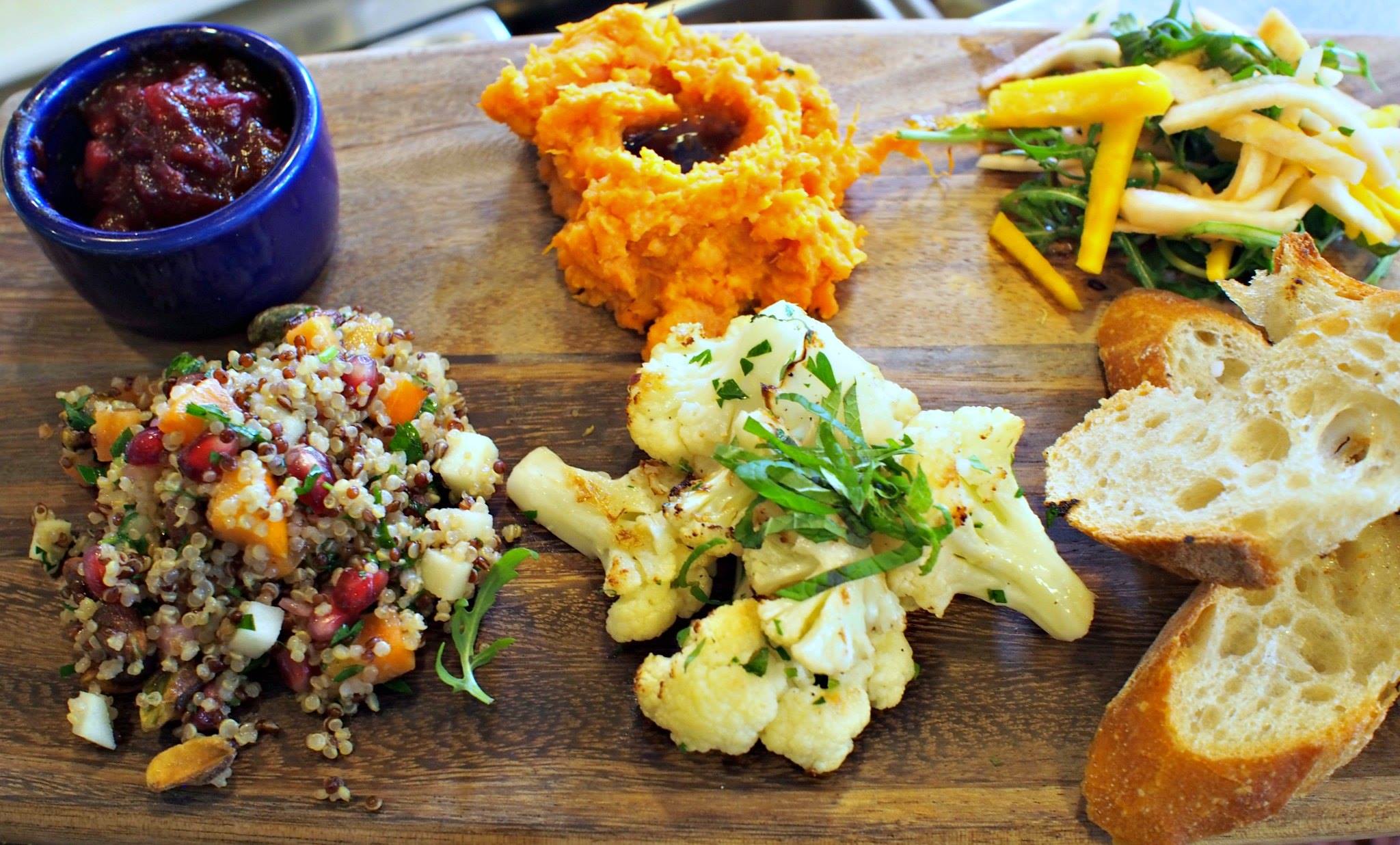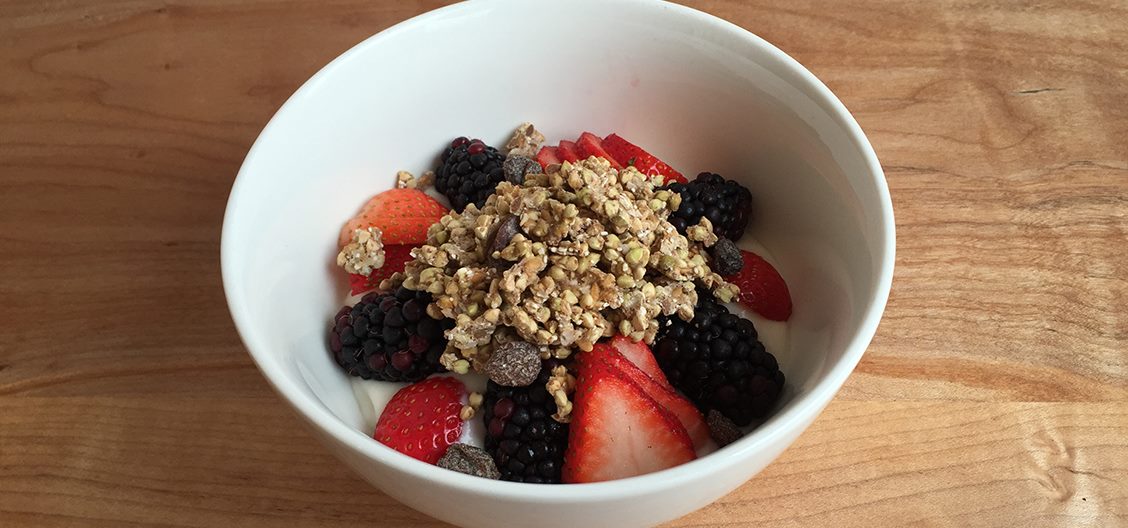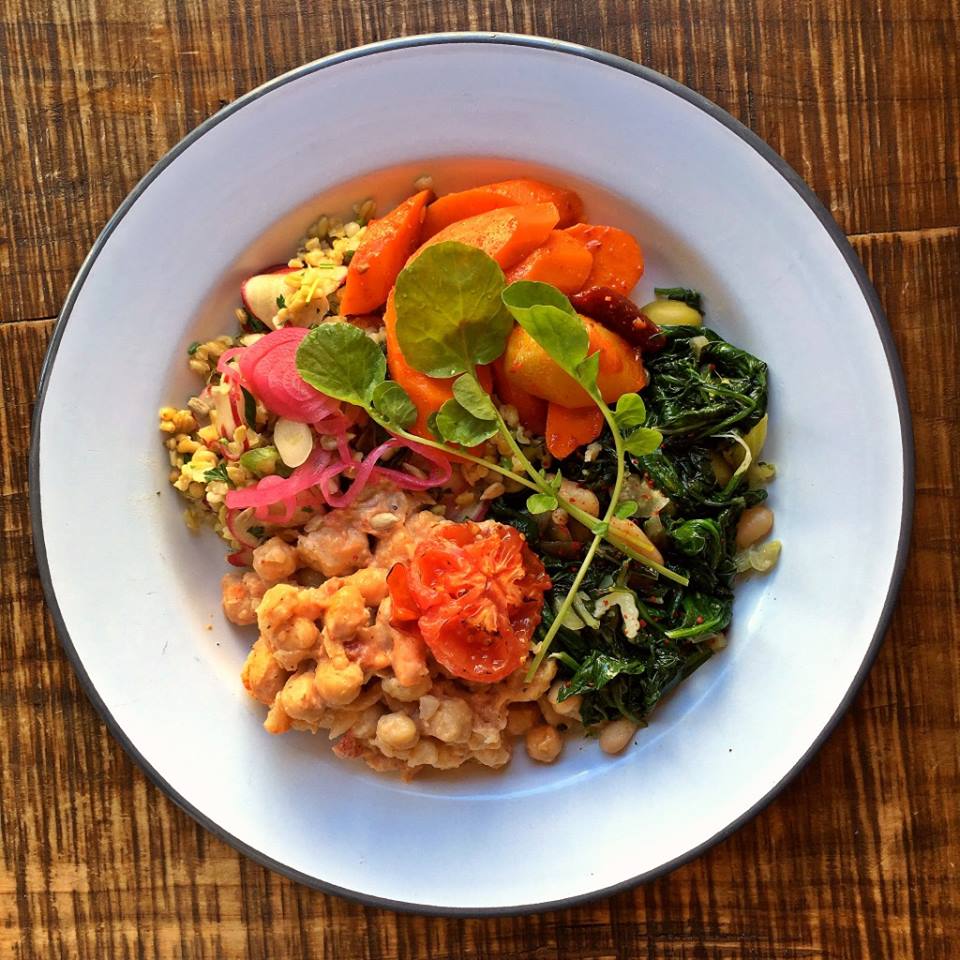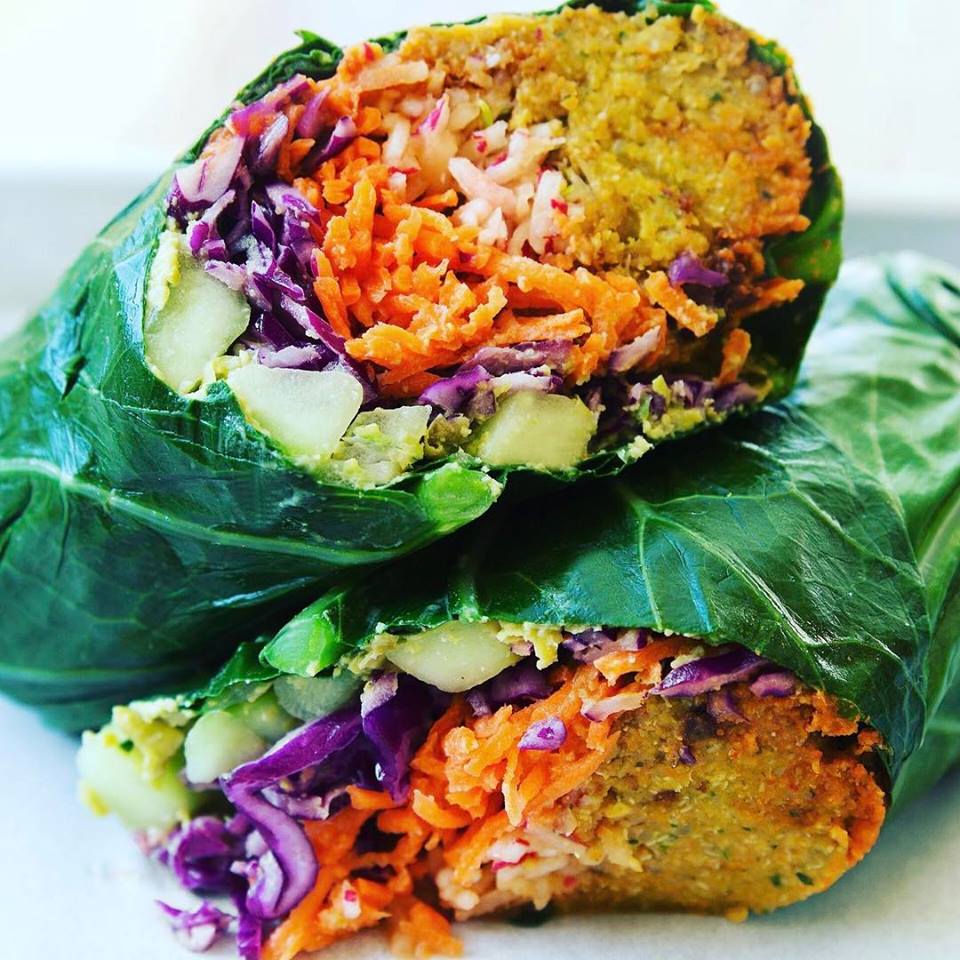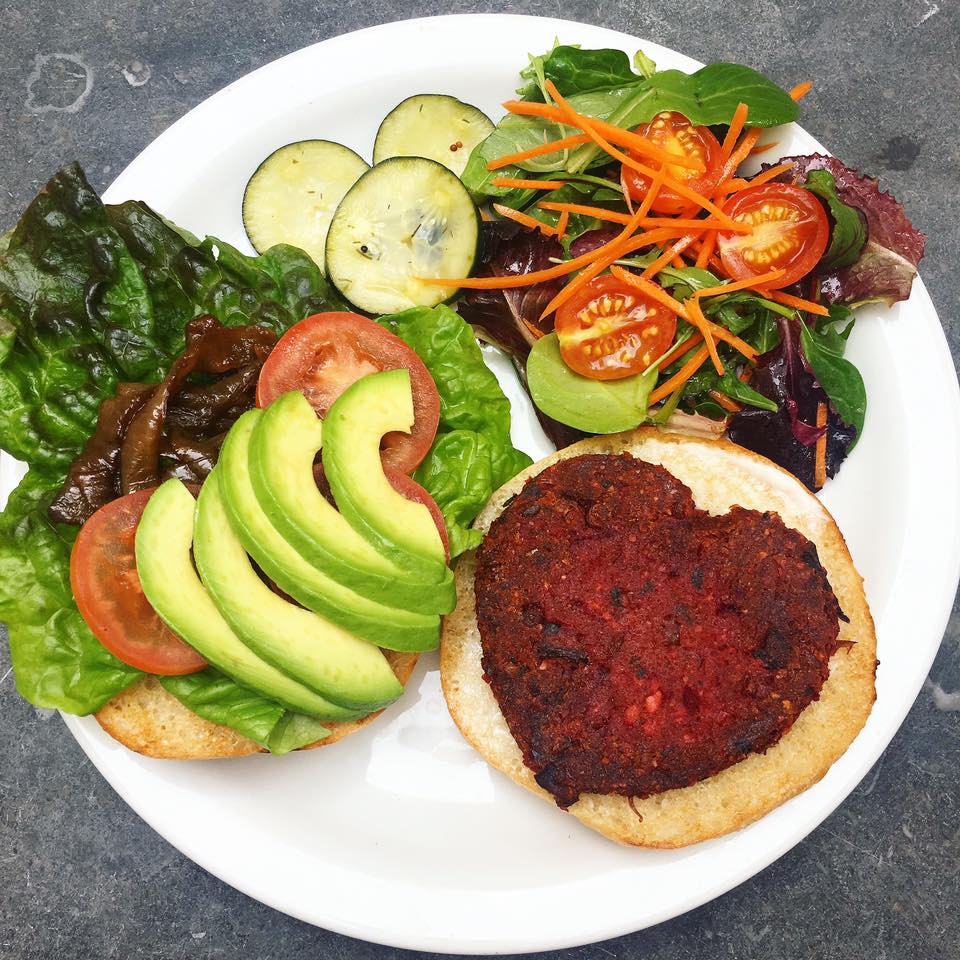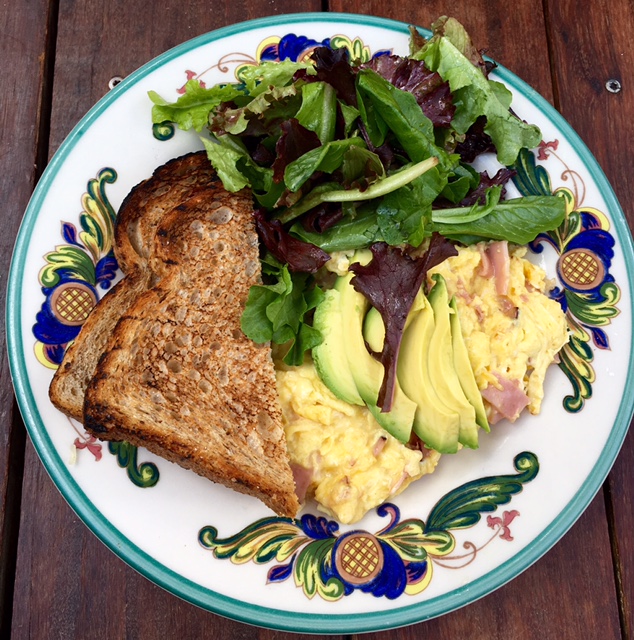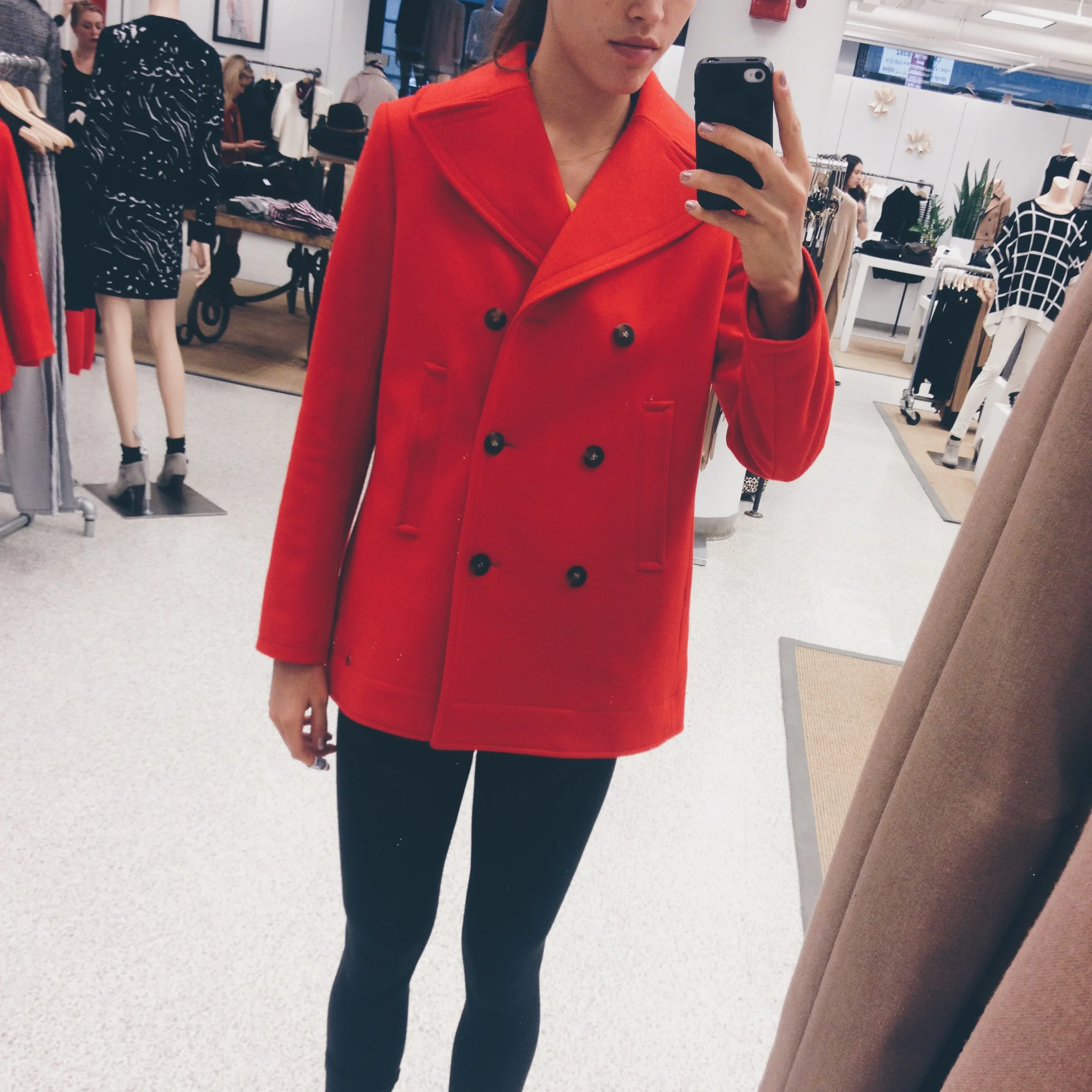Here's the last post of our three part series on how to achieve the model street style look sustainably. We teamed up with Xin Wang, a NYC street style photographer to capture our favorite fashion week looks and then found sustainable versions of each. Enjoy!
Fashion Week Street Style Part Two
Here is part two of our three part series on achieving the Off Duty Model look, sustainably. We teamed up with street style photographer Xin Wang to find some of our favorite off duty looks and then did some research on how we could achieve these looks with our favorite eco-friendly brands. Let us know which looks you like best in the comments below!
Fashion Week Street Style
The model off duty street style look is simple and chic with a twist and we've done our research to ensure you can get this look too. The difference? Sustainability! We've teamed up with street style photographer Xin Wang and combed through some of our favorite brands from Everlane and Reformation to Urban Outfitters Renewal and Stella McCartney. Stylish basics with a twist, sustainably made available at your leisure. Stay tuned next week for part two of our three part series. Enjoy!
I Thought I Was Good at Saving Money…
I was raised to appreciate the value of money and to understand the hard work that went into buying the things I desired. Although I often ignored my parents and spent whatever allowance I was given on clothes (rather than school lunches), they finally (and thankfully) made me get a job so I could truly value and pay for my own things.
My first job was at Abercrombie & Fitch, welcoming customers into the store as I spritzed the ubiquitous perfume and nonchalantly greeted customers with a “Hey! What’s going on!?” However imperfect this or any other job I had was, I am incredibly thankful for the monetary values they instilled in me. I knew exactly how long I had to work in order to afford that $60 Zara sweater I coveted; roughly 6 hours plus the unpaid commute to and from the store. Without the experience of working for my own money, I would have never understood the true value of hard work and what it can (or can't) afford.
Source: wikimedia
When I moved to New York and started to earn more money as a model, I immediately began (at my parent's guidance) investing whatever I had left over after taxes. I chose a diversified portfolio of stocks that were relatively safe as long-term investments, meaning they would sit in my investment account untouched, for what I planned to be at least ten years. I wanted a lump sum that I could have as a backup when and if my career ever slowed down. Modeling can be lucrative however the shelf life of a model can often be short-lived.
While I admit I was proud of myself for taking charge of my accounts and investing what I had, I began to realize that for all the money I claimed to have made modeling for four years in New York, the investments I had in addition to the cash in my bank was simply not that great. I was lucky enough to have money in savings and investments especially at my age but there should have been a lot more. Recently, on a visit to New York, my step dad and I went over my accounts to see if I was where I wanted to be for my future. He calculated my yearly earnings versus the amount I had saved for the past year, one that illuminated the fact that I was spending the most I’ve ever spent and would ever want to spend each month living in New York. To my defense, New York is god damn expensive, as Craig, my step dad understood. He wanted me to live the life I had in New York and was glad I had the choice to do so at my age. However, he wanted me to be aware at all times where my money was going and to see if I was okay with spending that much per month. If I was content spending $5 a day on lattes, that was fine, but I had to understand I would have way less money in my future than I anticipated.
Sign up for Mint for free: HERE!
I immediately checked my Mint account, an app that helps you see exactly where you’re spending your money each month with graphs and chart comparisons, the app that I had downloaded and failed to take one look at. Unfortunately, my dad was right and for the past four years I had been spending on average the high amount he speculated.
I went into a bit of a panic, canceled all my lunches with friends I had coming up that week and tried to figure out how I could fix everything. I realized my nonchalant spending had a huge effect on what I was saving for my future and needed to make some adjustments if I was going to continue to make contributions to my investments or if everything I continued to make would be spent almost immediately.
While I didn't want to cut out everything I enjoyed, the occasional yoga class or buying organic fruits and vegetables, I figured out a few quick fixes I could easily cut down on so I could save bit by bit each day and get back on track.
1) Specialty lattes every day in NYC (on average ~$5-5.50/day)
If I was getting roughly 300 lattes at $5.25 on average per day I was spending $1,575 per year just on coffee!!
*the fix: I immediately went out and bought a French press. It makes delicious coffee that tastes almost exactly like an espresso (especially if you get the small 3-cup one). The $20 French press, the $20 milk-frother and the $15 coffee grinder costs me $55, equivalent to only 11 lattes at my local coffee shop).
2) Same goes for my Kombucha addiction (on average $5/ 2-3 times week)
If I was getting roughly 2 Kombuchas per week at $5 average for 52 weeks I was spending $520 per year on Kombucha
*the fix: I still love my fermented drinks as a treat in the afternoon but I try and either go for cheaper options, drink more water, or stock up at stores where I know they’re less expensive (Trader Joe’s sells Kombucha for $2.99!)
3) Try and cut down even more on eating out unnecessarily
When I’m out and I know I don’t have much food at home I’ll always get something to go and bring it back. This past year I developed a huge obsession with salads from Sweetgreen (salads so simple they often resembled something I could easily make at home)
My Sweetgreen salads would on average cost me $11 and I would get them roughly 4 times per month which means at Sweetgreen alone (and I eat out a lot more than just Sweetgreen) I was spending roughly $528 a year.
*the fix: If I know there’s not much food at home, I’ll simply hop into a grocery store close by and stock up. Even if it’s not my weekly huge shop, I can just get the essentials so I at least have enough to make a quick salad.
4) The dirty dozen and clean fifteen
This past year I became incredibly obsessed with organic food and clean eating. While I’m not regretting this at all, it definitely took a toll on my budget as eating nearly everything Organic tends to be on the pricier side.
*the fix: A lot of fruits and vegetables have their own outer layer that protect us from the harmful pesticides sprayed on a lot of our food. They’re dangerous to us and so for some fruits and vegetables, it’s imperative to eat organic only so we don’t ingest these harsh chemicals. However, this list helps to monitor your budget while keeping your health in mind:
5) Online yoga
Going to workout classes in the city can be expensive, especially if you want to go to enough to make a difference in your body!
While Yoga to the People is donation based, the recommended $10/class still added up and was often more stressful than relaxing in the New York closet-sized, sardine-packed class.
*the fix: Youtube yoga! Adriene provides free classes that range from 10 minute classes for when you're not feeling well to challenging 50 minute energy boost classes for you to do at your own pace. Check out her youtube channel here!
With these simple tricks in mind and with the help of apps that are incredibly easy to use to monitor such expenses, I’m still living a fun life in New York City but one where I'm smart with my spending and saving so I can invest more for my future.
Image Credit: Wikimedia.org
Worldwide Healthy Restaurant Cheat Sheet (mostly plant-based)
Here's a list of healthy restaurants so you can stay on track wherever in the world you may be...
NEW YORK
LONDON
PARIS
TOKYO
TORONTO
MIAMI
LOS ANGELES
SAN FRANCISCO
HELP US FIND MORE
Do you have a healthy restaurant you absolutely LOVE? Submit your suggestion here, we’d love to check it out!
*All pictures found on restaurant's Facebook pages, Yelp, or restaurant's web pages
How I Stay Healthy When I Travel
You’ve been extremely healthy, working out before work five times a week, even getting some gym time on the weekends while everyone’s out boozing at brunch. Your lunch consists of delicious fresh salads that you prepared at home and hey, you even get a compliment or two from your friends about how great you look. Unfortunately for you, you’ve got a trip coming up which you know will lead to the inevitable decline of your healthy routines as you are forced to pick away at the airplane food and way are too tired to hit the hotel gym (if you’re lucky enough to have one).
I’ve been fortunate enough to travel a lot for work and have tried to figure out the best way I can stay healthy on the go. If I’m about to have a treat meal, I want it to be the best pizza I’ve laid my hands on, not something stale and defrosted that I have to take out of a plastic wrapping on an airplane.
The best tip I can give you is to prepare ahead. It may take 20 extra minutes of your time but it saves you a ton of money and calories in the long run.
To start, I always think about where I’m going, what time the flight is, if and when I’ll be hungry and to always plan for delays. I’ll usually make a simple salad before my flight, carry it in my own Tupperware that I can later use to make more meals for the flight home. If I’ll be overnight and need breakfast at some point, perhaps at the hotel, instead of spending $8-10 on oatmeal that I know should only cost $4 max, I will wash the salad container I used on the first flight and mix my oats in them the next morning. If I have time, instead of relying on room service for dinner I’ll try to hit up a grocery store and find an easy pre made salad or something I can quickly whip up. I’ll even buy a bit extra to throw back in that same Tupperware for a meal or snack on the flight home. Tupperware=GOLD!
Some of my favorite go-to travel snacks:
Apple slices
Raw almonds & walnuts
Goji berries
Bananas
Chia seed bars
Seaweed snacks
Protein powder and rolled oats
Coconut flake chips (unsweetened)
Berries
Carrot sticks
Empty water bottle to refill past security
Gum, mints & candies
Mix 1/2 cup of oats and a scoop of your favorite protein powder. Cut up 1 banana into slices and mix with the dry rolled oats. Add hot water (no need to boil). Mix together until you get a consistency you like.
Preparing ahead of time can ensure whatever you feed yourself when you travel is healthy. Let’s be honest, a lot of the hotels won’t have a gym, let alone you having enough energy after that eight-hour flight to consider working out. So why not take the time and invest in what you’re feeding yourself? You can always get back on your workout routine when you get back. Your seatmates on the plane will be drooling over your brown rice chicken salad while they have to eat that pizza. Savor the flavor and savor those looks, you worked hard to prep and you deserve all the credit!
Here are a few of my favorite protein powders:
How to Avoid Buying into Trends
Being in the fashion industry exposes you to the newest and best clothing that naturally has the effect of making one obsessed with always being on trend. My parents, both having worked in the business industries luckily kept me in reign from my sporadic shopping sprees with constant reminders of saving my income for tax season and investing whenever I could. In the beginning of my career, especially when I had no experience of saving or paying taxes, I would spend hours on end on every site, searching for the latest and newest trends and how I could get my hands on them, sometimes at whatever cost.
My $550 pea coat that I only wore a handful of times
Prime example of said obsessions was a few years back when I was looking for another new fall coat. At that moment, colorful pea coats were the thing everyone had. It would take over my life, mindlessly saving new items in my cart, cross-examining the prices and styles on different sites, asking my boyfriend for his opinions on which overpriced coat he thought looked best... He would tell me it wouldn’t be practical to buy a colorful coat that although was nice now, would naturally go out of style by next season, which I later learned to be true. (That red pea coat I bought on the right has only been worn a handful of times).
While most trends start from the high-end designers after each fashion week season, the industry has taken on a new approach to selling trends with a term known as fast fashion. Fast fashion gets you cheaper versions of designer goods that are available almost simultaneously as the designers release their newest collections. The time it takes for these fast fashion behemoths, Zara, H&M, and Forever21 standing out, to copy and reproduce these pieces is incredibly fast (hence the name). It makes us able to be instantly on trend affordably. As Elizabeth Cline states in her book Overdressed: The Shockingly High Cost of Cheap Fashion, these fast fashion companies are receiving new deliveries to their stores daily, some getting up to 400 new styles per week on their websites. This makes us feel like we have to buy continuously to stay stylish and look like we fit in.
Trends however as I’m sure you know come and go. It’s in the industry’s best interest for us as consumers to buy into and become obsessed with these trends, just as I had. Naturally, consumption is a necessity for our economy. If you look at the history of fashion seasons and how we buy clothes, you’ll notice that the amount of seasons and new trends have dramatically increased. Shannon Whitehead, founder of Factory45, a sustainable start-up accelerator program notes in her Huffington Post article that there are now up to 52 “micro-seasons”! What was once a magical show, sometimes showcasing such avant-garde pieces that would be considered art more than everyday clothing has now become a driving force of consumerism available for everyone, not just the fashion folk.
Supply and demand are on the rise and our perceptions of what clothes should cost has become extremely skewed thanks to these companies overproducing cheaply made fashion. We now expect a t shirt to cost $10 or less and are shocked if it’s any more, even if it’s made ethically and sustainably with organic fabrics. We buy more of these cheap clothes that naturally feel way more disposable to us. The problem is that there isn't enough room for all the accumulating waste and something needs to change. The True Cost movie is an incredible documentary that helps shed light on the true cost of what goes into making your clothing and why prices have become so low.
As consumers, we have to find the middle ground or shift the demand. The market is oversaturated with items of insufficient quality and with an overabundance of trends that last mere weeks. Whether it’s a thousand-dollar coat or an H&M replica, we need to realize the difference between what we want to buy and what we’re told we want to buy. What will last in our closets for a micro-minute and what will be there for many years. Do I think it’s worth an investment of a few hundred dollars for a good, stylish coat that is made of good quality to buy? Most definitely! Buy less and buy better! Do I think it’s worth it to buy a thousand-dollar coat with a crazy pattern that happens to be a popular trend at the moment? No, definitely not because I know I'll only end up wearing it a few times. What about buying lots of less expensive coats that are made poorly with cheap materials? I don’t want to throw out or give away any more clothes, especially knowing how harmful the fashion industry is to our environment, so no.
Think about what you’re buying, the investment you can make in the quality and how often you'll wear it. Take a deep look at your closet and look at what you wear the most and try to understand why you love it so much. It’s likely not something you bought on a whim in order to try and fit in. Rather, it’s probably expensive enough that the quality lasts but something you can wear anything. We need to buy less and we need to buy better. Instead of low quality/high volume, think about high quality and low volume when you next decide to go shopping. It may take years, if we're lucky enough for it to come to this but if the demand is shifted from cheaply made clothes to higher quality sustainably made items, perhaps we as consumers can shift the market and make ethical, organic clothing an option for everyone to buy.
Here I am gathering some clothes I had bought within that past year that I no longer wore. Although it'll be much more useful if it reaches someone in need, I could have definitely saved money and know that that much more clothing wouldn't possibly end up in a landfill.
Credit: HuffingtonPost.com
Credit: Truecostmovie.com
Image credit: Truecostmovie.com
Why We Chose to be a Sustainable Company
The idea started off as "Off Duty Model" and would be a website for all women, not just models, to go and purchase looks in order to attain the effortless style that models wear when they’re on the go. Think simple, stylish staples put together with minimal effort.
While my mom and I began to brainstorm the best way to start this company, we talked about how cool it would be to not only feature brands we love that have that "model off duty" look but to also make our own clothing line sometime in the future. Obviously, when considering costs, the benefit of outsourcing and producing in Asia would be ideal. We even had a connection through a friend who was willing to manufacture some of our designs in his factory in China.
Something however didn't feel right. Having been in the fashion industry for over four years now, I have realized how much gets outsourced to cut costs. It felt wrong to produce somewhere simply because it would be the cheapest option. Would the factory have adequate safety measures? Would they pay and treat their workers well? Would I be able to visit China multiple times a year to gage the quality control of our new products? These are things that would be harder to oversee since both my mom and I are based in the States.
Source: Ted Talk
Right around this time, I happened to meet an incredibly inspiring supermodel activist, Cameron Russell. You may recognize her from Victoria's Secret and her numerous Vogue covers, or have had the pleasure of watching her incredible Ted Talk where she discusses society's obsession with beautiful models and celebrities. (You can watch it HERE).
The night I met Cameron, she was holding an intimate talk for models in NYC where we could discuss anything and everything in a safe environment relating to our roles as models, the direction of our careers and what we could do with the following we've gained from modeling. She talked about how she won the “genetic lottery” and how her success enabled her to be heard by many through the thousands of social media followers she developed. She stresses the importance of vocalizing what matters to her as an arts-based social activist and motivated us to similarly spread powerful messages that mean something to us.
As an activist, she had a lot to say about the fashion industry, an industry that many of us have come to realize is extremely disposable. Nobody thinks about the amount of waste that accumulates through all the unused fabric that gets tossed into our landfills. While I knew fashion wasn’t the best for our environment, I didn’t realize as Cameron informed us that it was one of the dirtiest industries. Elizabeth Cline, journalist and author of Overdressed: The Shockingly High Price of Cheap Fashion, states Americans only end up recycling 15% of their clothing, as sourced from her article “Where Does Discarded Clothing Go?” There is a need to be more cognizant of the environment and for people like myself and Cameron, to try to influence and have an impact.
It was that night after Cameron’s talk that I made the decision that we would make our company sustainable. We would use all of our industry connections to make a brand that not only allowed women to achieve a model’s off duty style with ease but our target market now included stylish women who want to look good without compromising their environment. Off Duty Models were also On Duty Citizens, hence our new name, simply, ODC.
There is a need to slow down production and cut back on our consumption. We’re getting back to our basics, we’re reducing the consumerism pressure from media and we will try our absolute hardest to influence a backwards industry. The brands we feature on our site are all made sustainably with the environment and those who make the clothing in mind. The clothes we plan to produce (stay tuned!) will be made with our strict guidelines as well. It will be a journey of constant education and evolution but we're ready for the challenge.
Credit: BusinessInsider.com
Credit: TheAtlantic.com
Image Credit: Ted.com
Image Credit: Amazon.com
